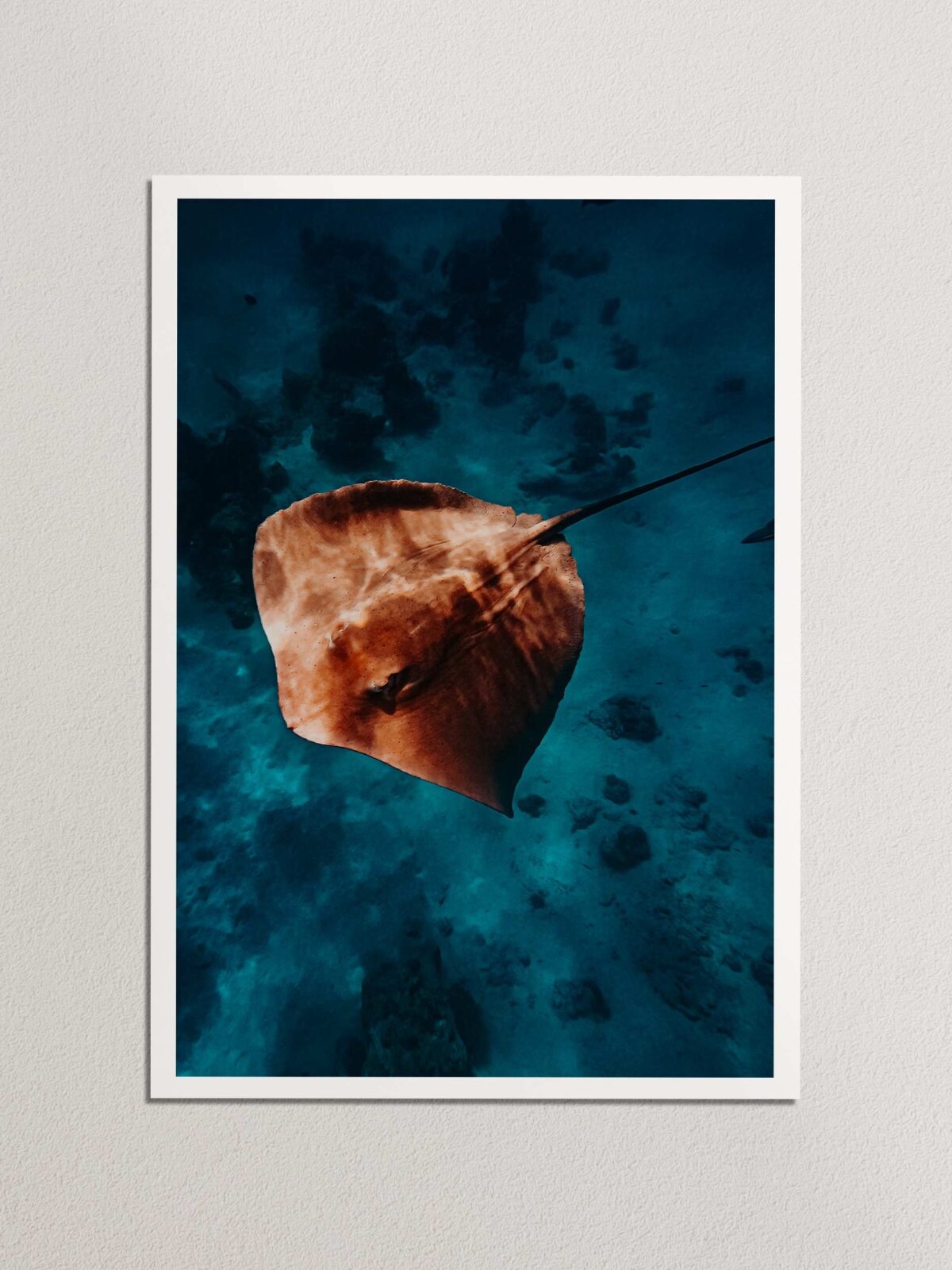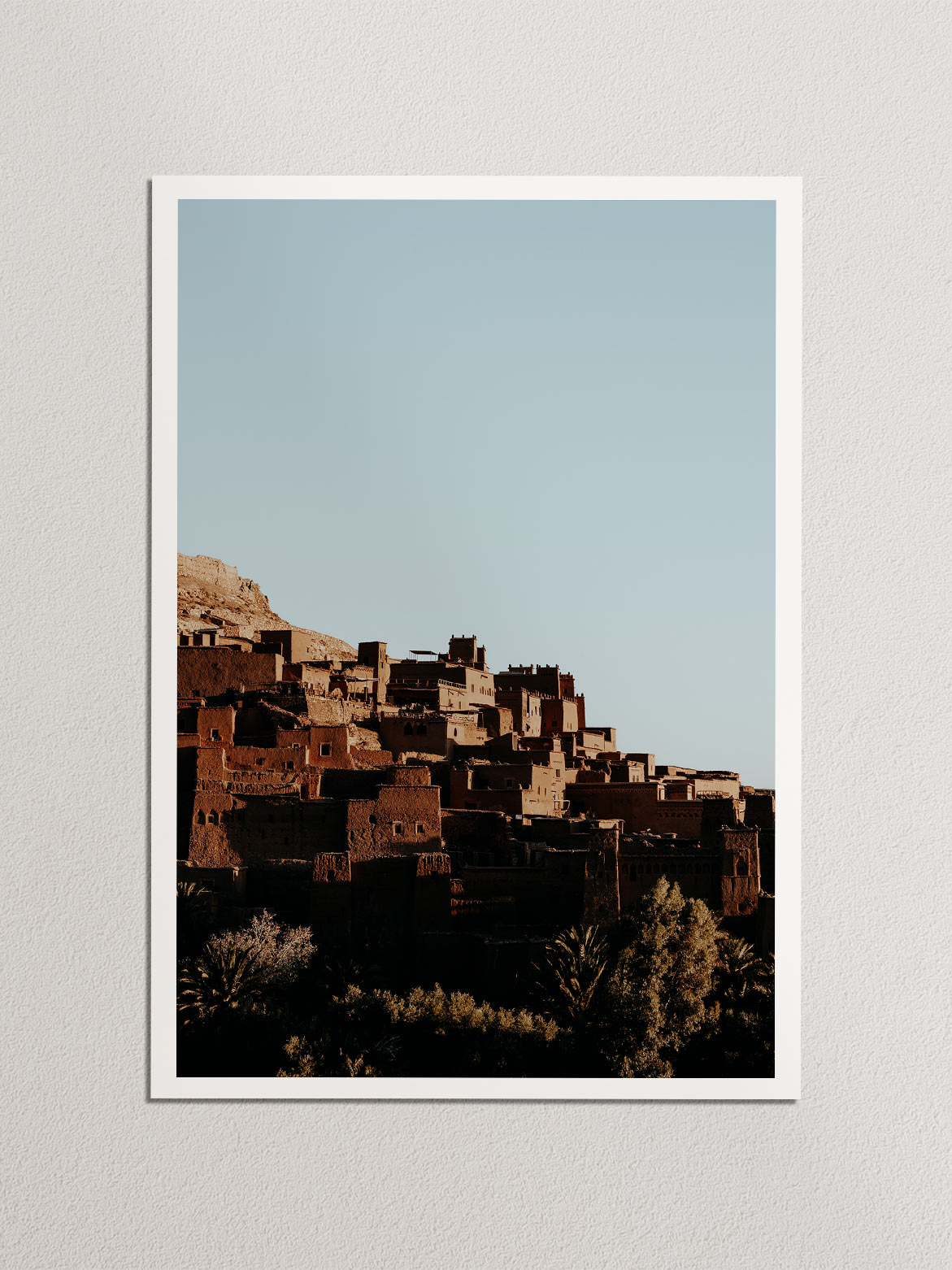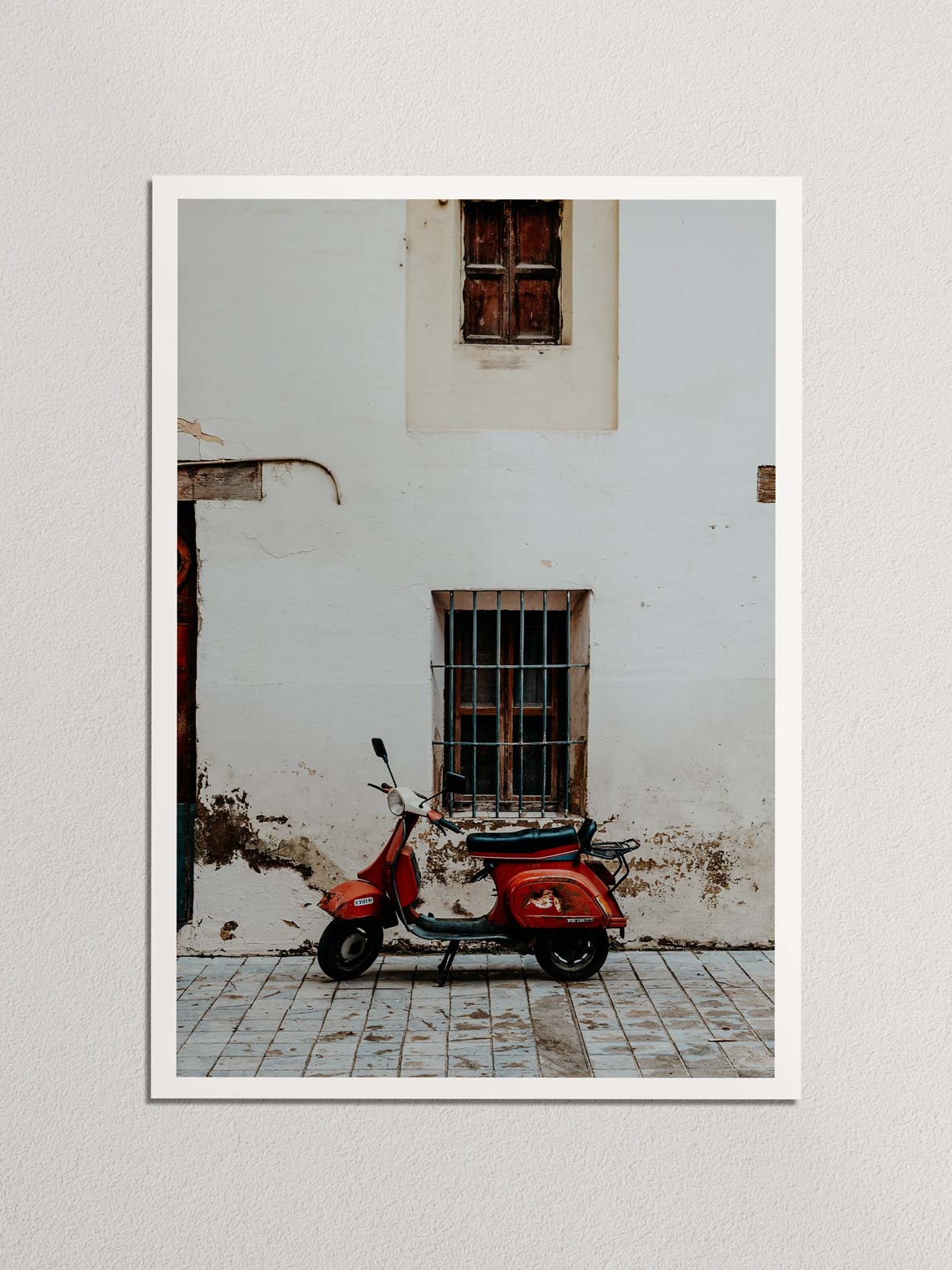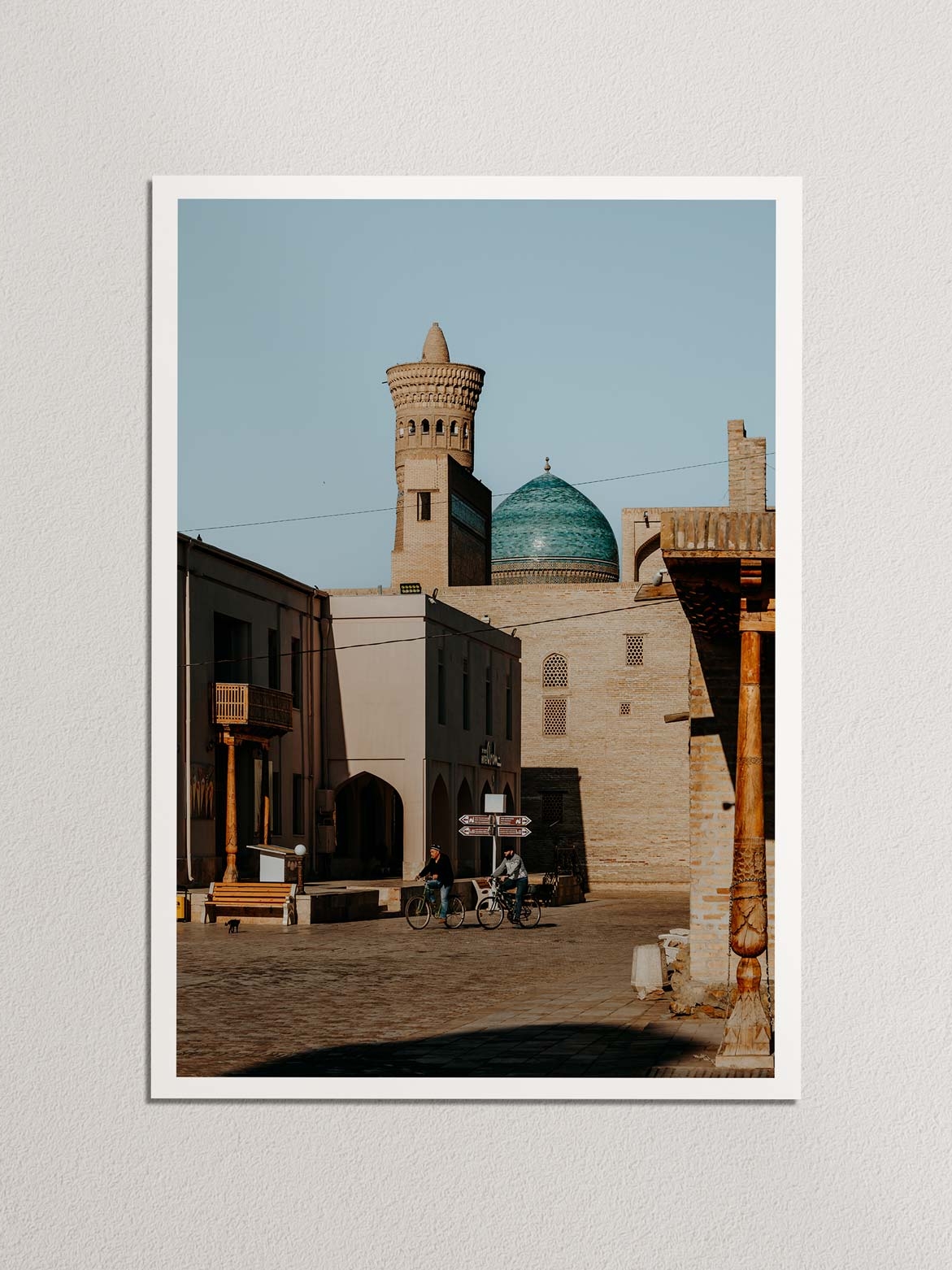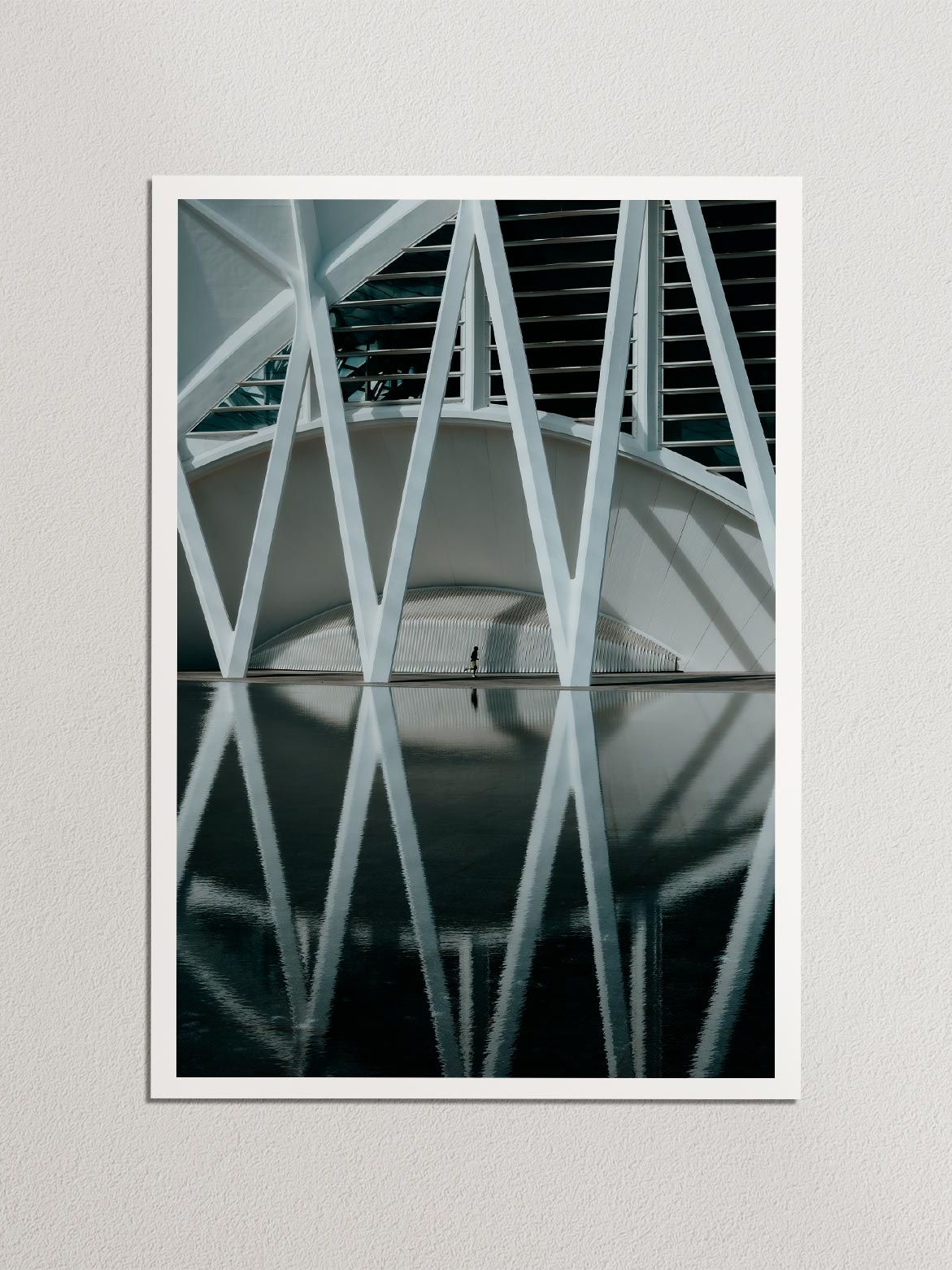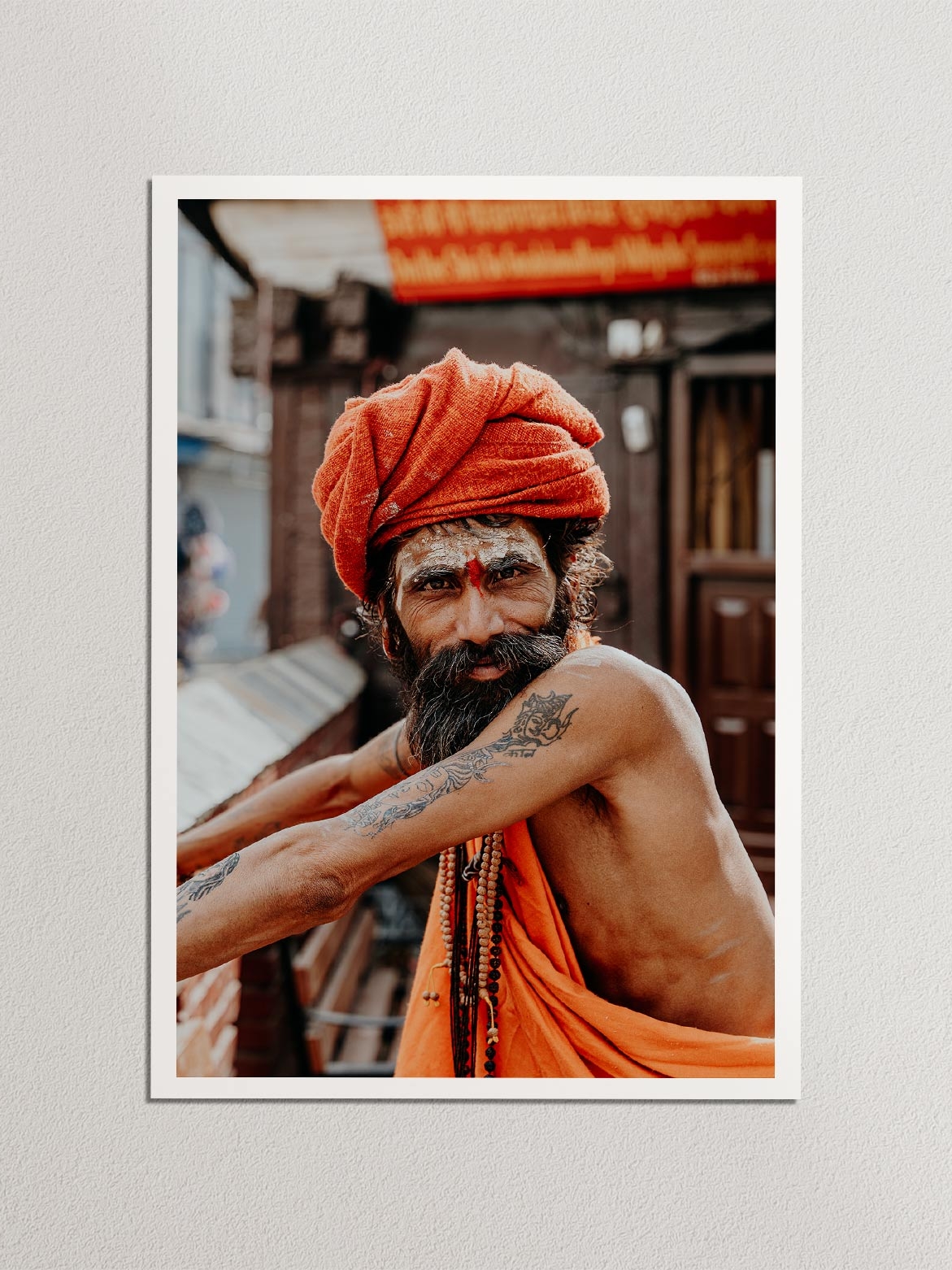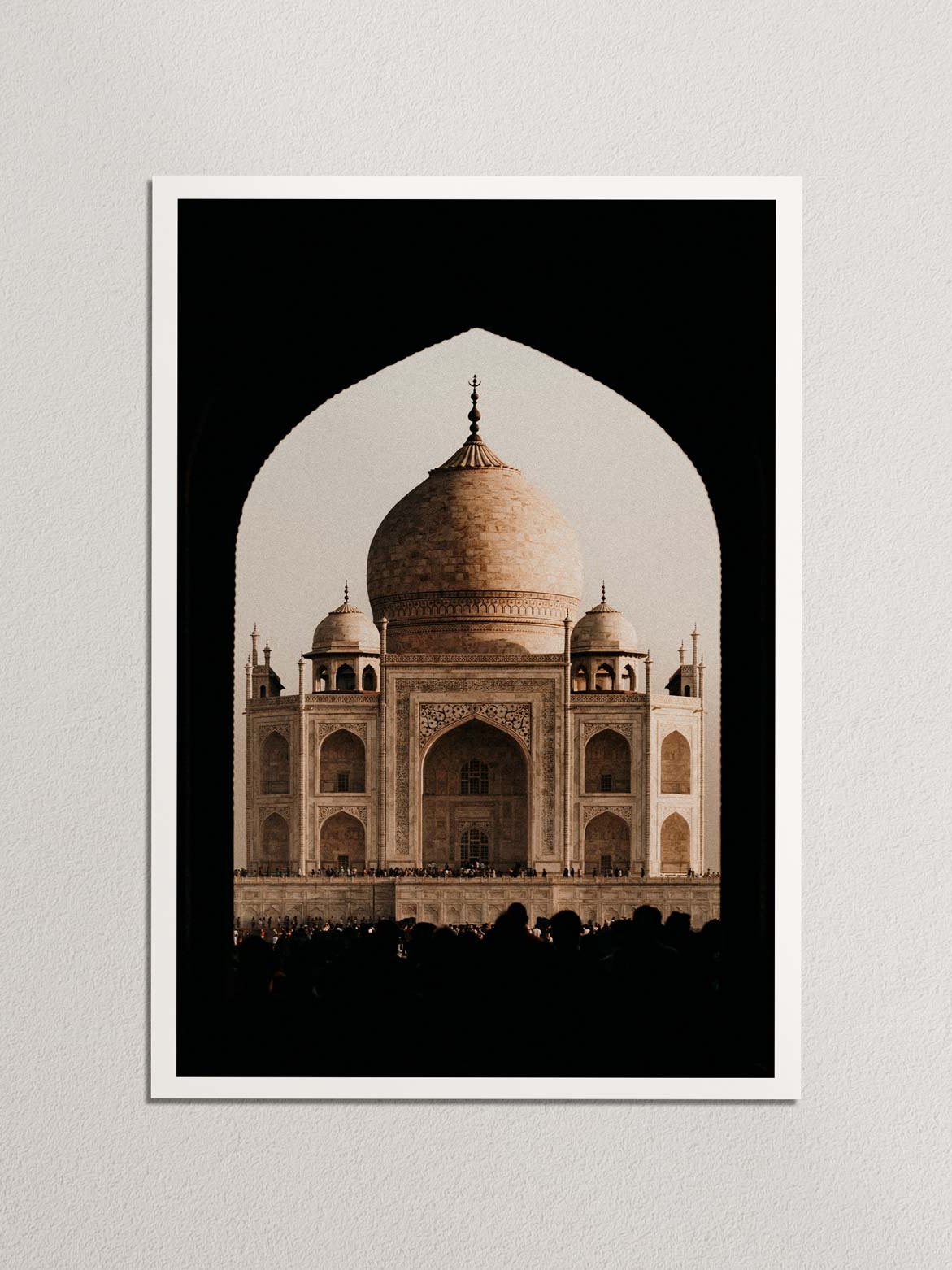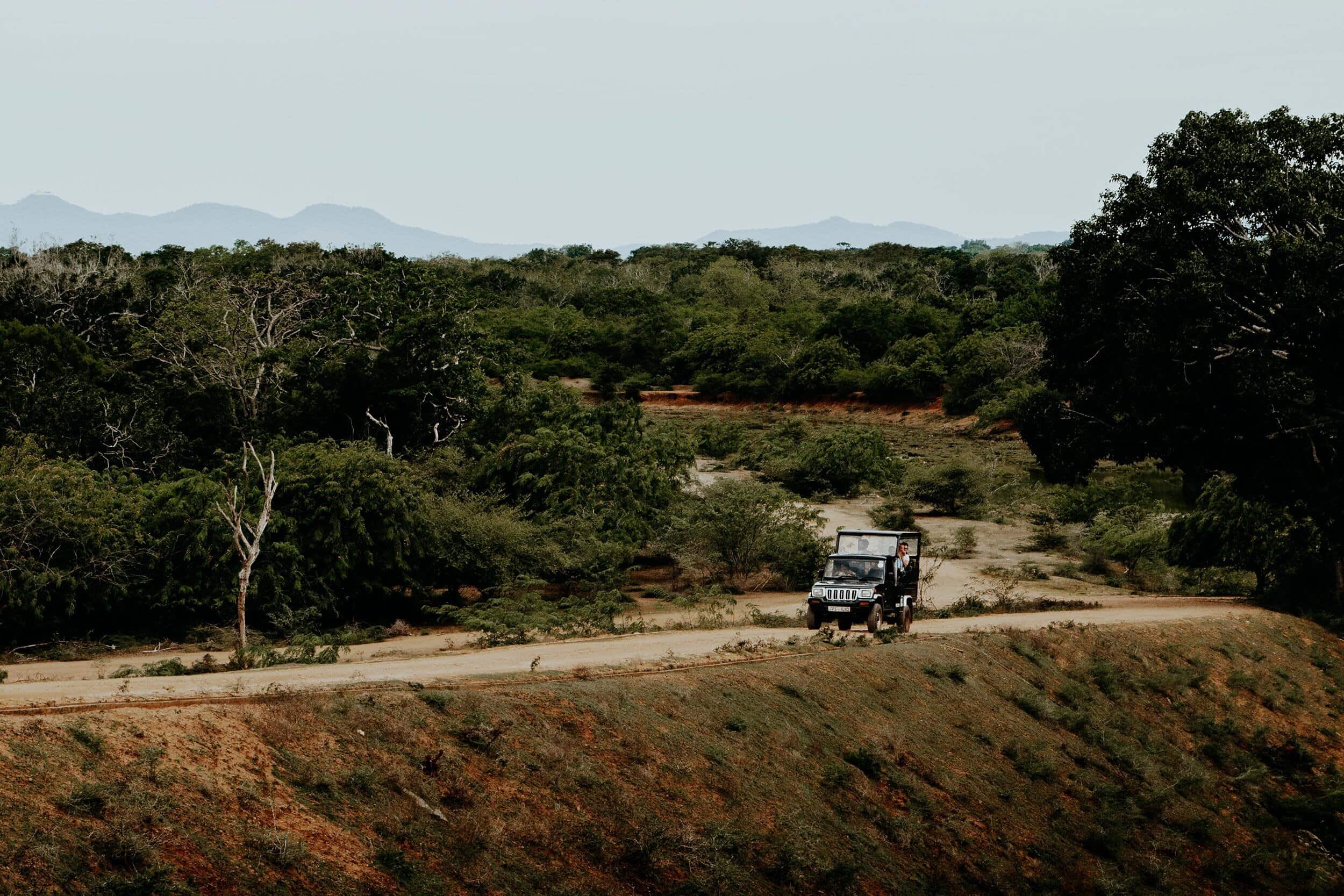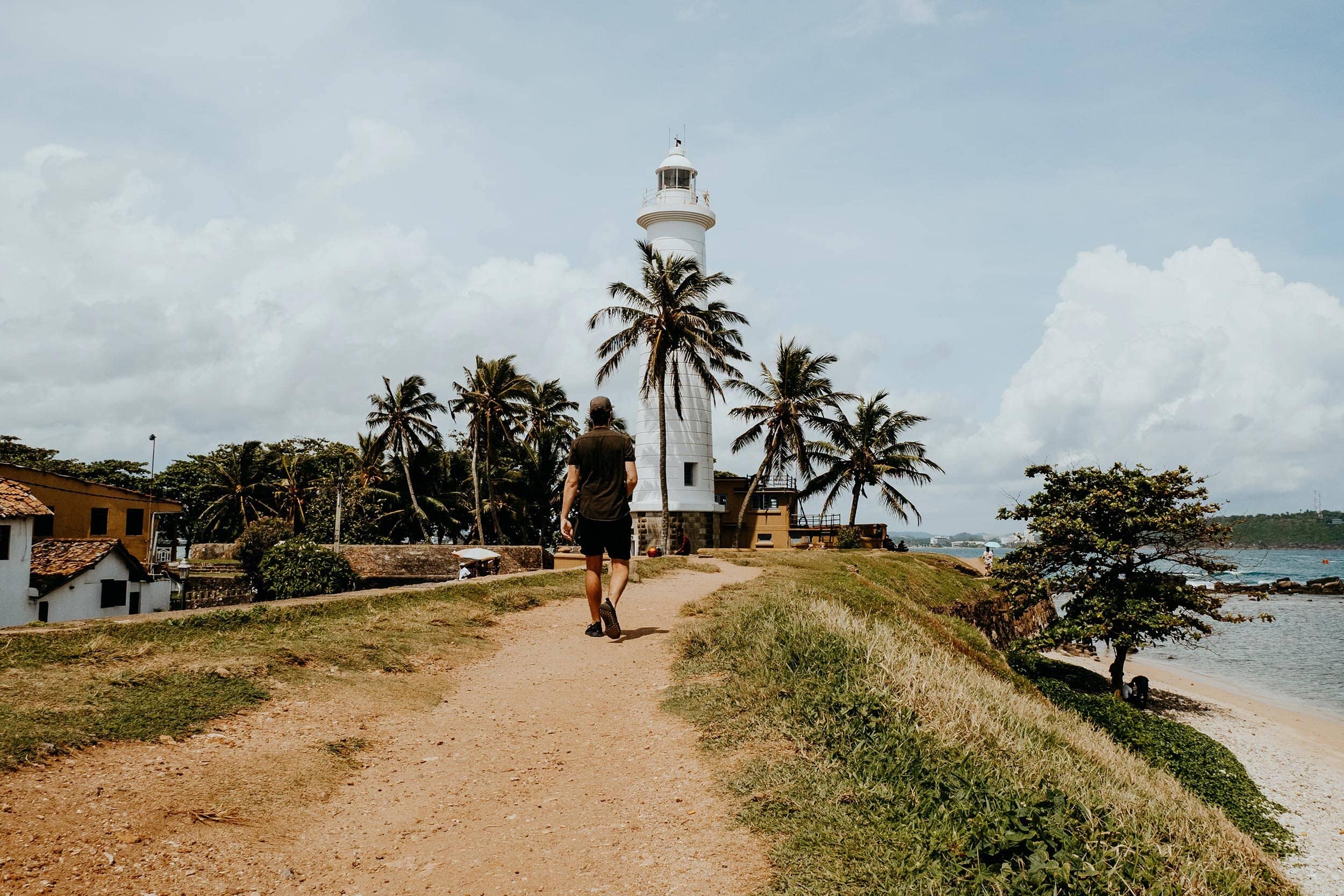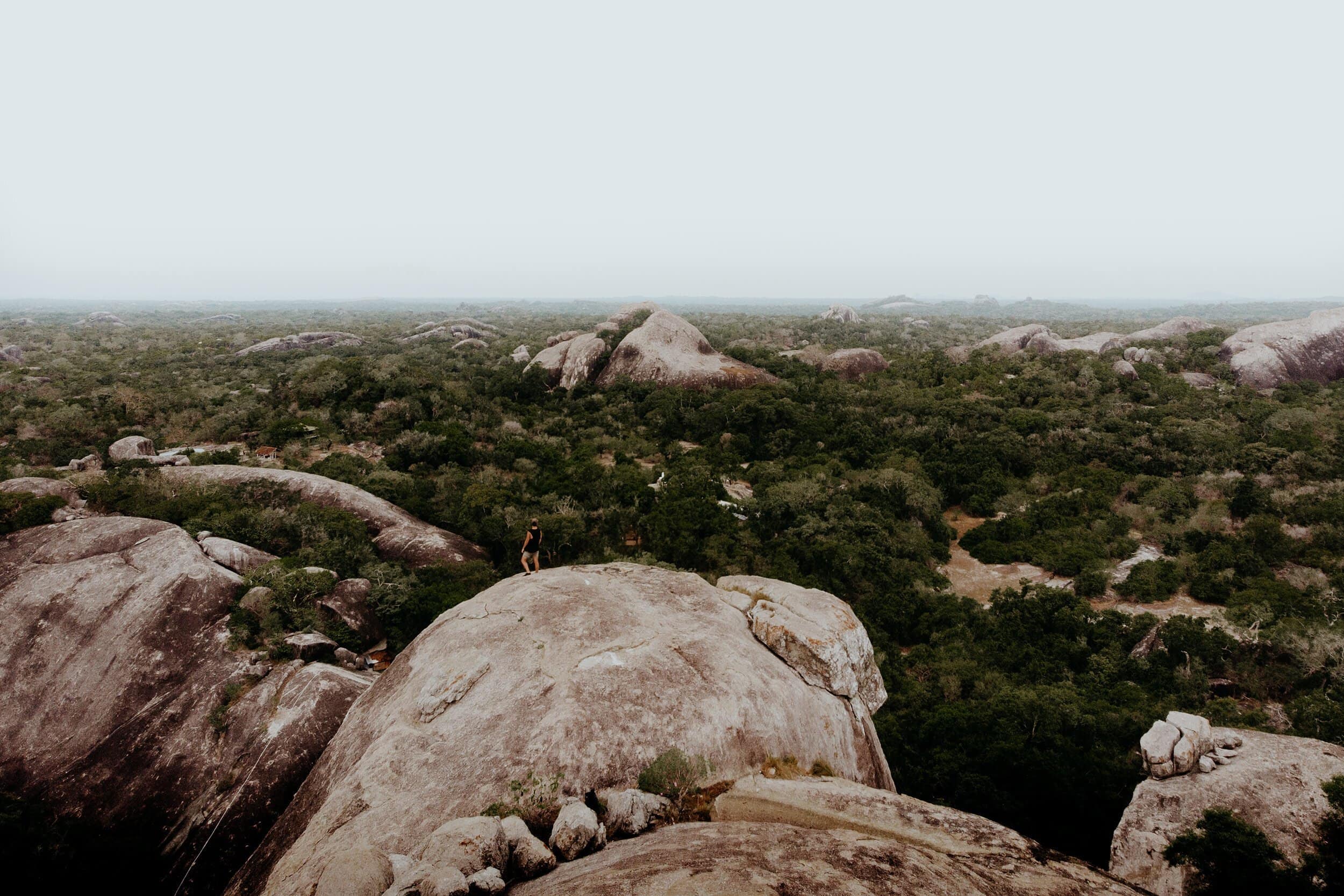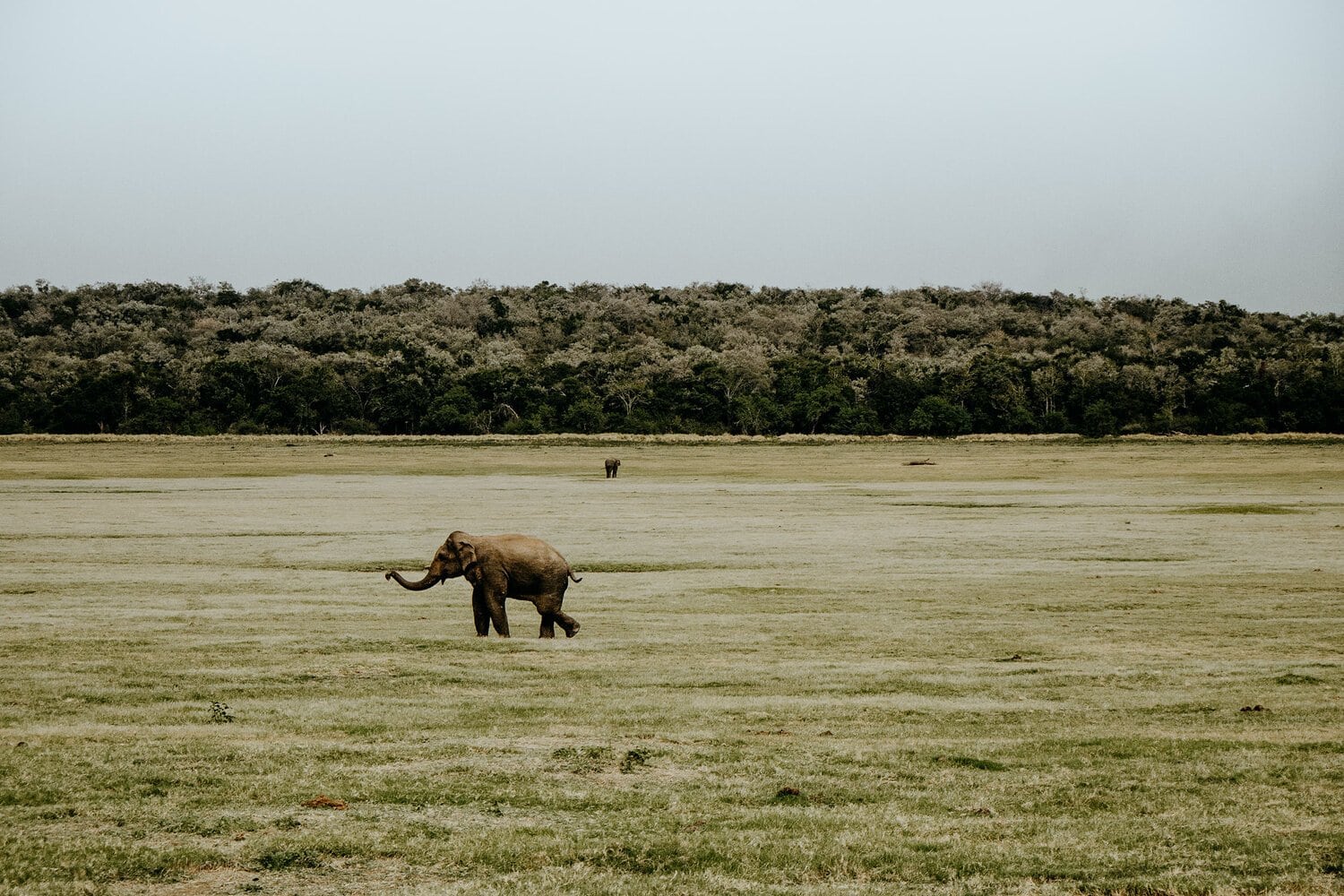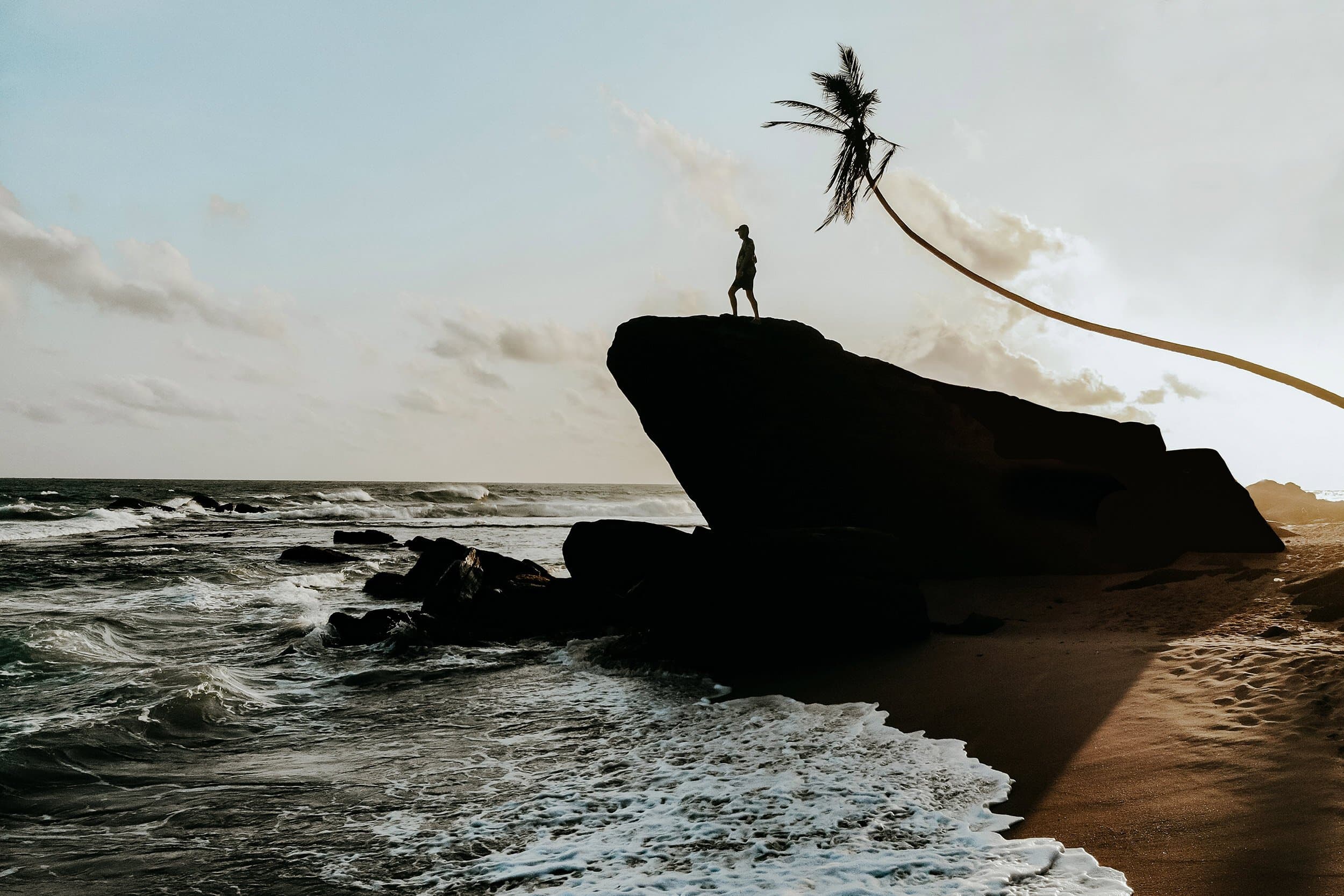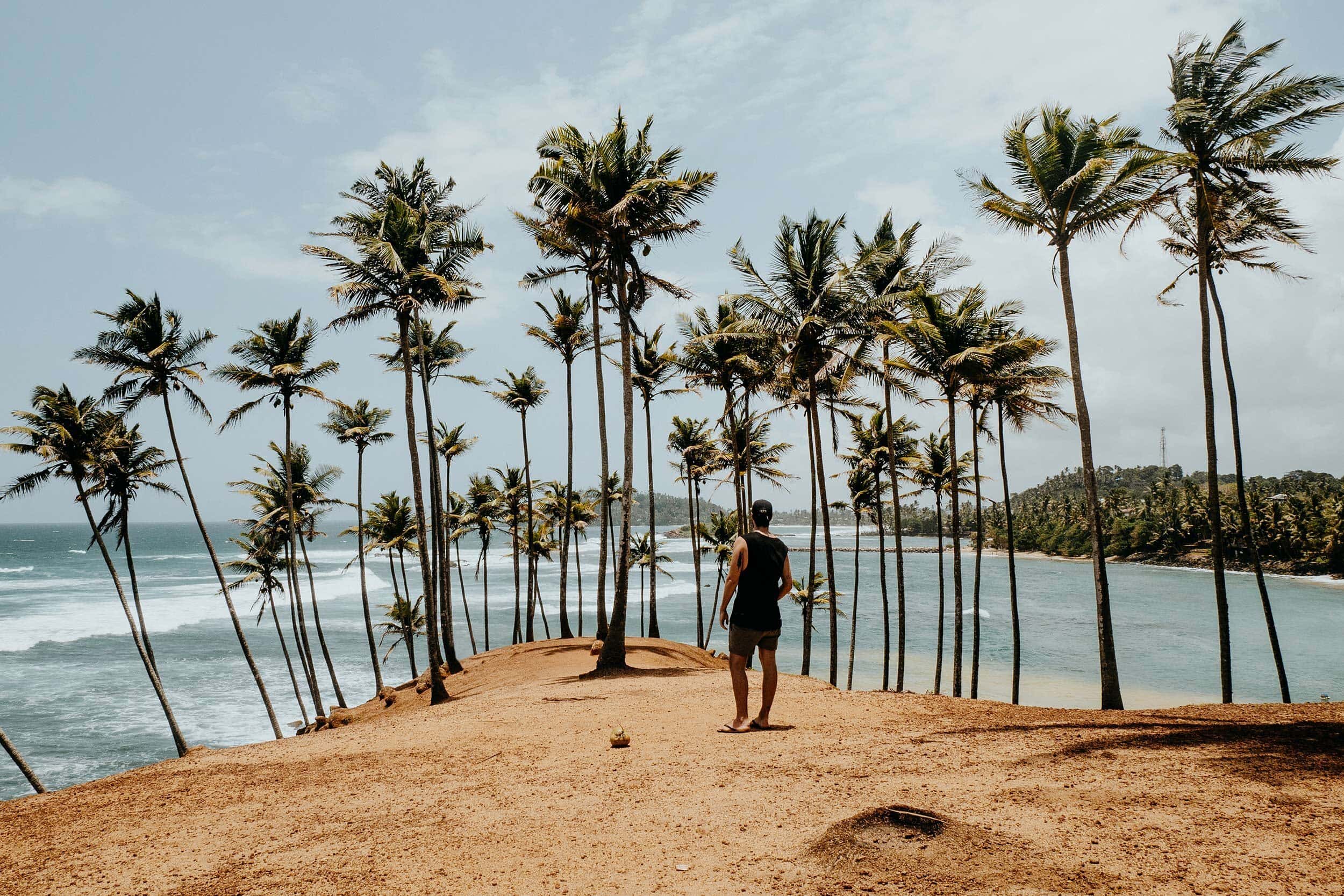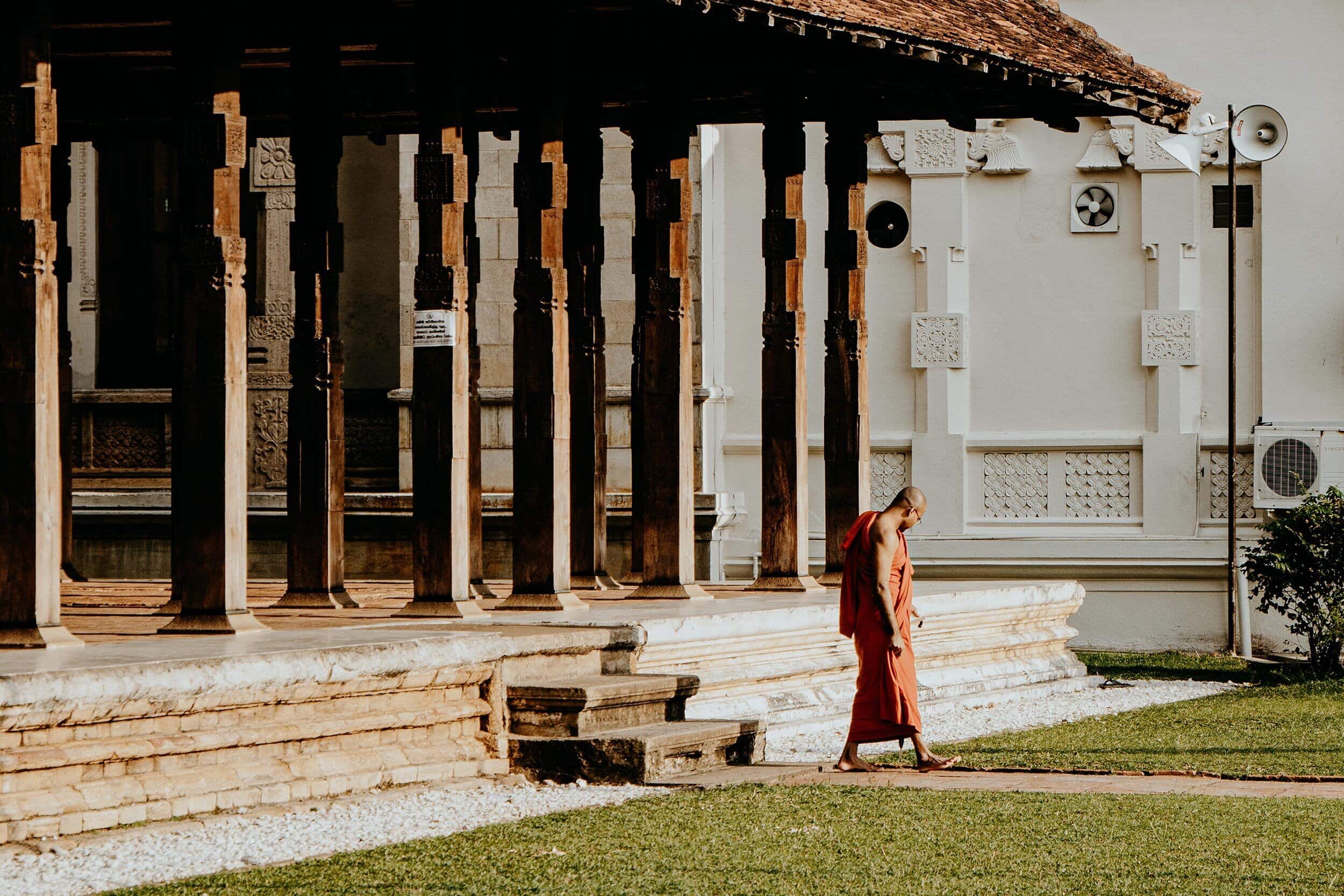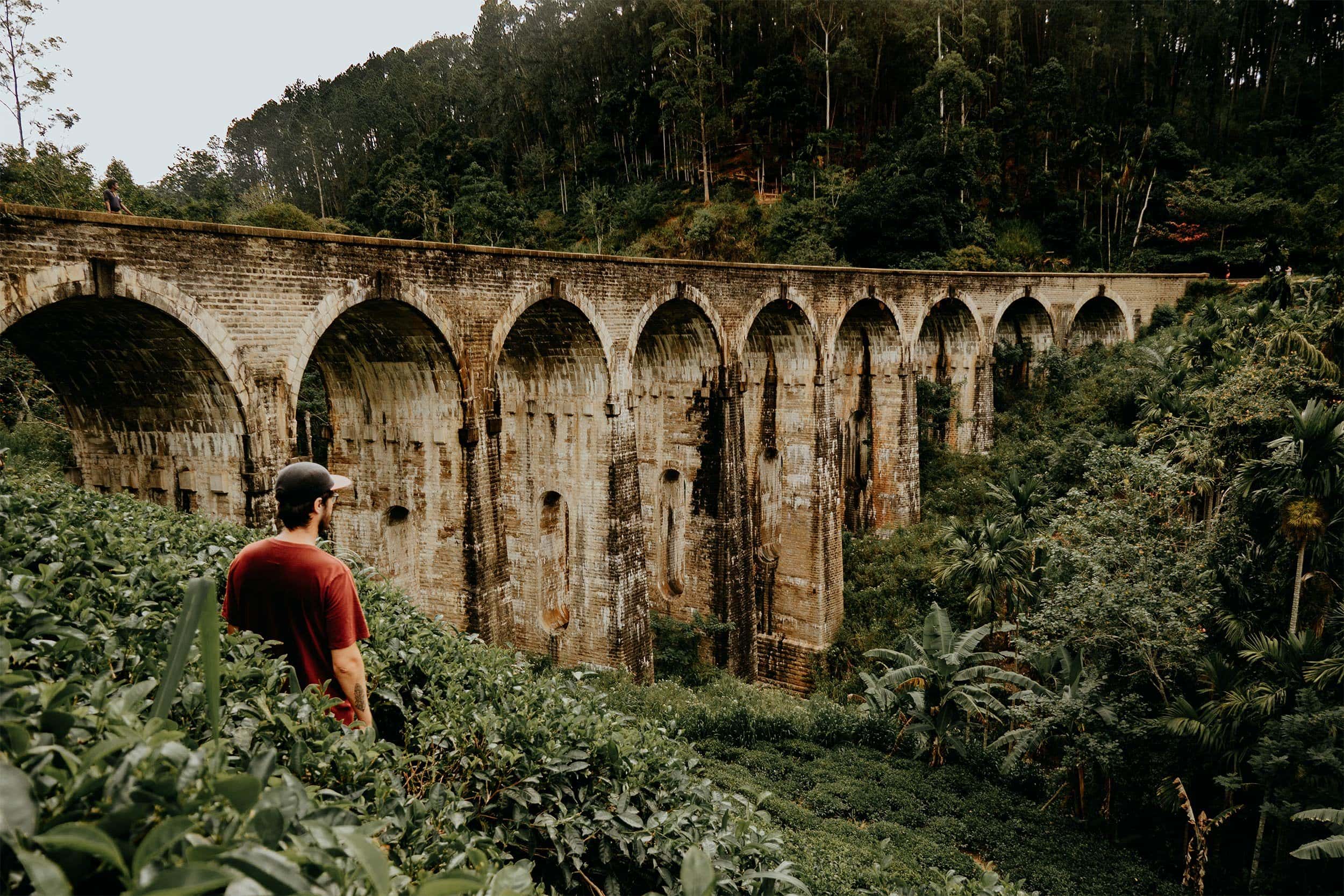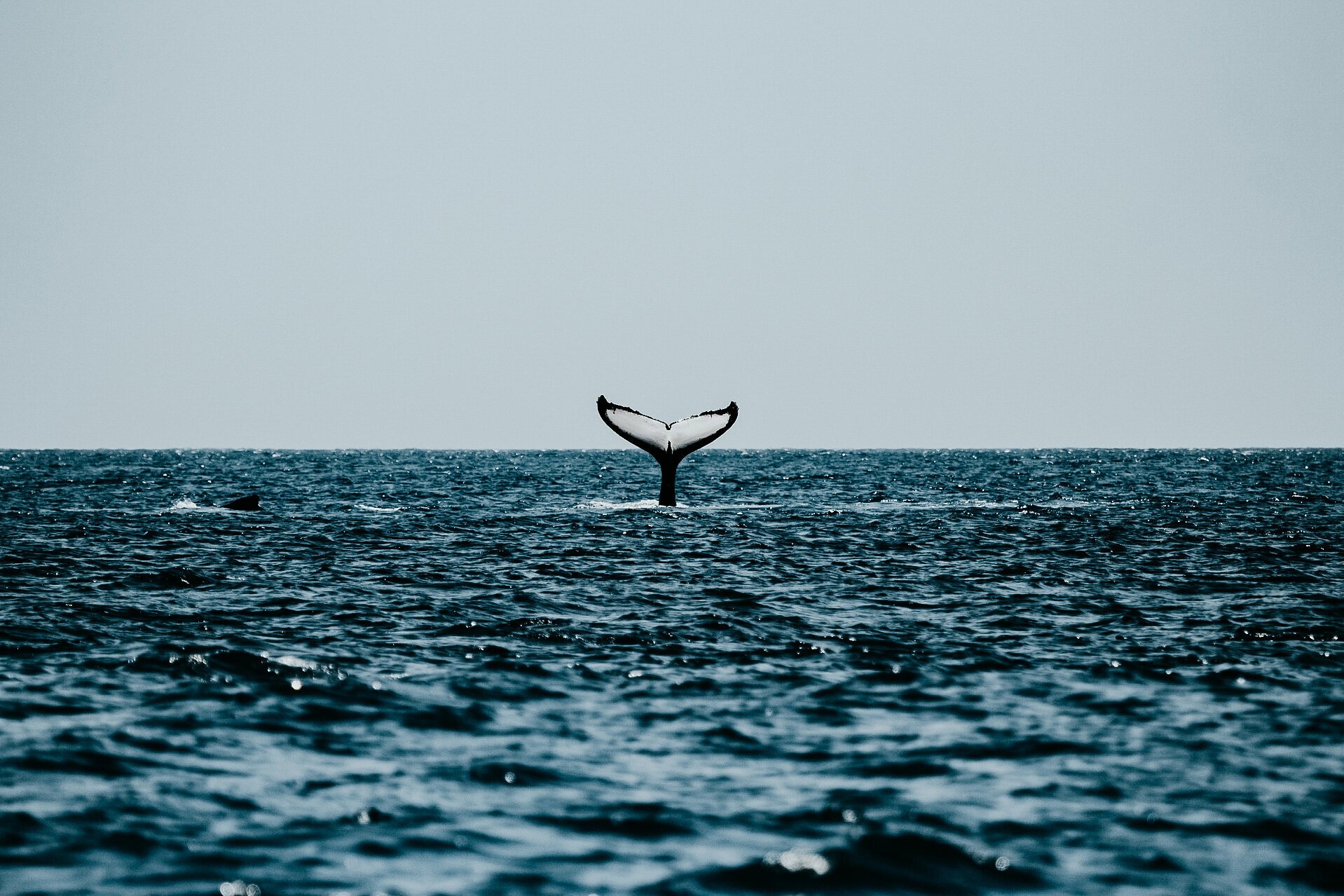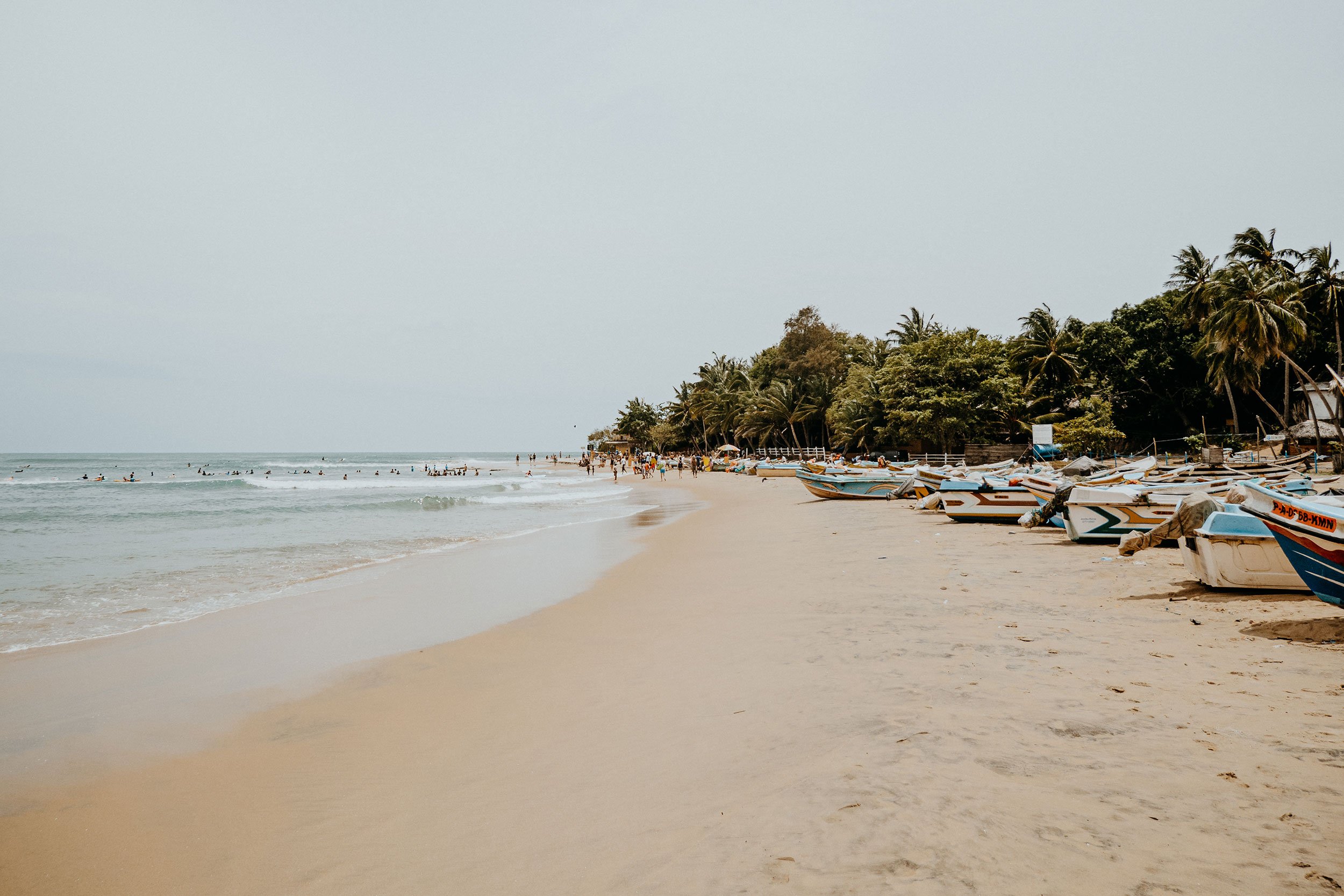With an abundance of ancient places in Sri Lanka, it can be quite a mission to pick the right one. Luckily for you, it’s exactly this guide that makes the decision simple.
Most travelers find it difficult to choose between Anuradhapura and Polonnaruwa, so was I. When the day arrived to pick one, my intuition told me to go for Polonnaruwa. And up until this day, I’m still impressed by the atmosphere that prevails in the ancient city.
A well-mixed brew of impressive shrines, picturesque temples, and elegant Buddha statues is that which makes the ancient city of Polonnaruwa a highlight in every Sri Lanka Itinerary.
In this guide, you’ll find useful tips, including its history, the entrance fee and a detailed list of what to see in Polonnaruwa.
With that being said, let’s find out what makes Polonnaruwa this unique.
If you choose to use any of the links on this page, I may receive a small commission at no extra cost to you. By using these links, you’ll have a direct impact on WTSW and my ability to continue to create free insightful travel content for you. If you find any of my tips useful, you can support me by buying a virtual coffee here.
The New Where the Souls Wander Print Store
After putting out my first-ever print collection in 2022, I decided it was finally time to re-open my print store, and I couldn’t be happier with the result.
Whether you’re looking to grab a unique piece for your own wall, gift one to a loved one to remind them of a memorable trip together, or simply get your hands on a piece because it provokes a specific memory or feeling, I’d be honoured and grateful if you decide to collect or gift one of my prints.
To celebrate the launch, I’m offering a 20% discount until the 24th of December.
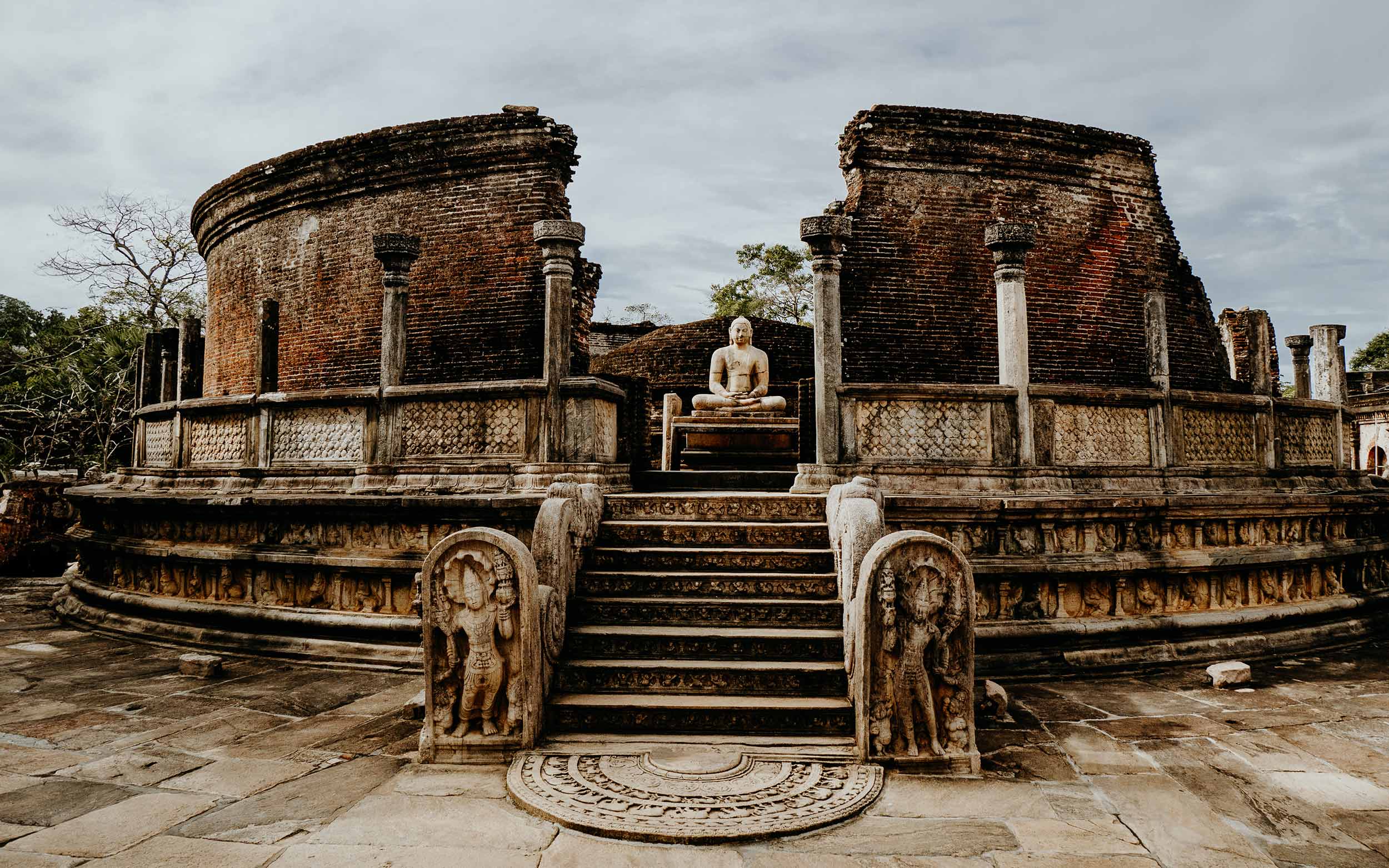
Where is Polonnaruwa
A Brief History of Polonnaruwa
In the midst of the Chola dynasty at the end of the 10th century, Polonnaruwa was the chosen one to become the capital of the Chola kingdom. For roughly three centuries, the ancient city of Polonnaruwa served as the capital for both the Chola and Sinhalese Kingdoms.
Chosen over Anuradhapura, Polonnaruwa had one big advantage, it was strategically positioned in the heart of Sri Lanka. Surely, those benefits made a difference in the protection against the rebellion of the Ruhunu Sinhalese kingdom.
Eventually, in 1070, it was the Sinhalese king Vijayabahu who drove the Cholas of the teardrop-shaped island. He also chose to hold Polonnaruwa as the capital of the Sinhalese kingdom.
Under Sinhalese rule, Polonnaruwa reached its absolute glory. Unfortunately, this wasn’t everlasting. Early 13th century, Sinhalese power moved to the western side of the island, where we now find Colombo.
The ancient city of Polonnaruwa was left abandoned, not knowing it would be declared a UNESCO World Heritage site in 1982.
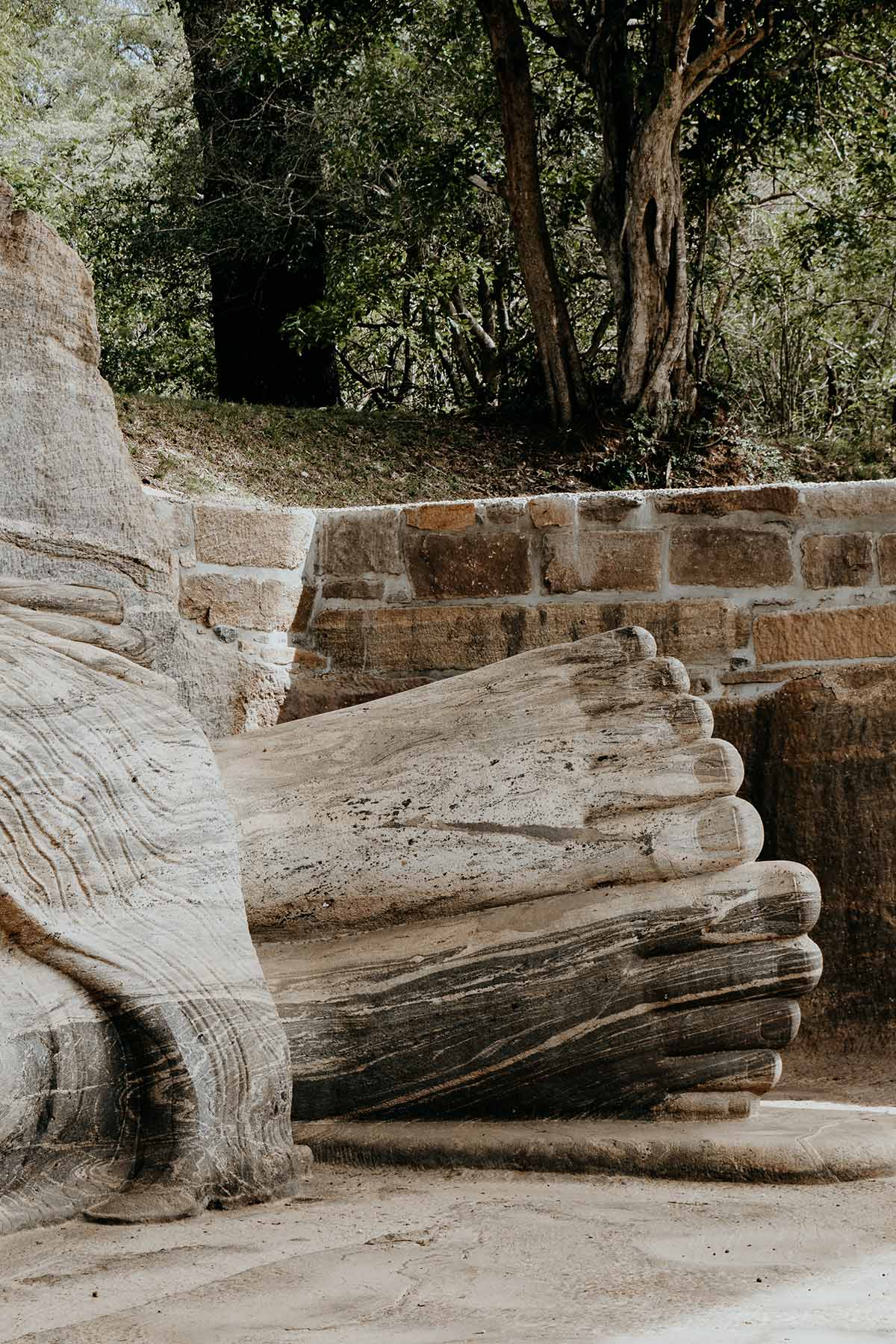
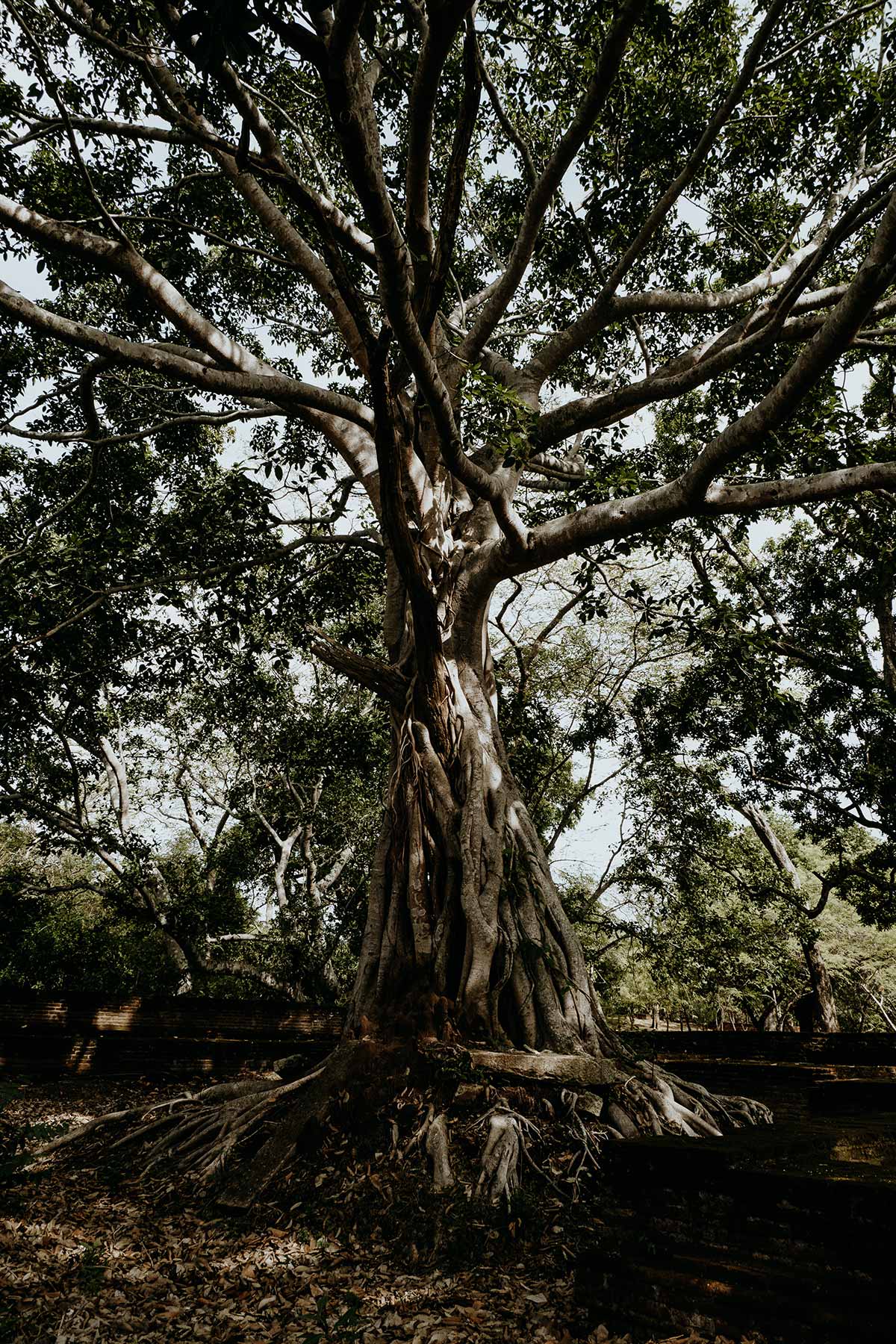
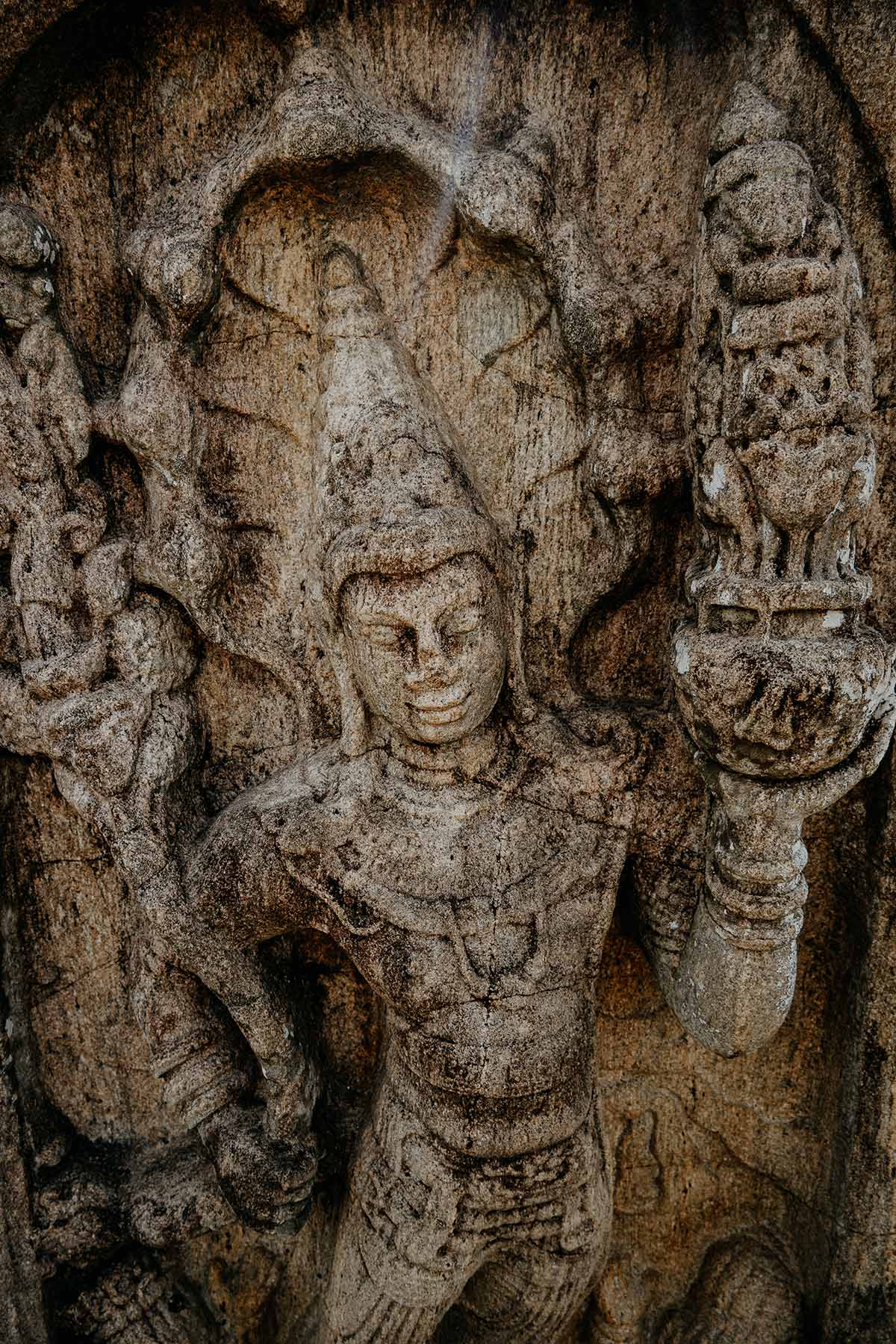
Where to stay near Polonnaruwa
Ekho Lake House | A stylish hotel directly at a scenic lake, with a great pool, and near the archaeological site of Polonnaruwa. More information and availability here.
Mahanuge Hotel Polonnaruwa | A luxurious hotel located inside the ancient city. Everything you need for a combination of relaxing and exploring. More information and availability here.
Alternatively, search for accommodations in Polonnaruwa on booking.com.
The Polonnaruwa entrance fee 2024
At the moment of writing – September 2024, the entrance fee to the Sacred City of Polonnaruwa is 7.520 LKR ($25) per person, which is quite pricey by Sri Lankan standards.
For children, the price is halved and comes down to 3.760 LKR ($12.5).
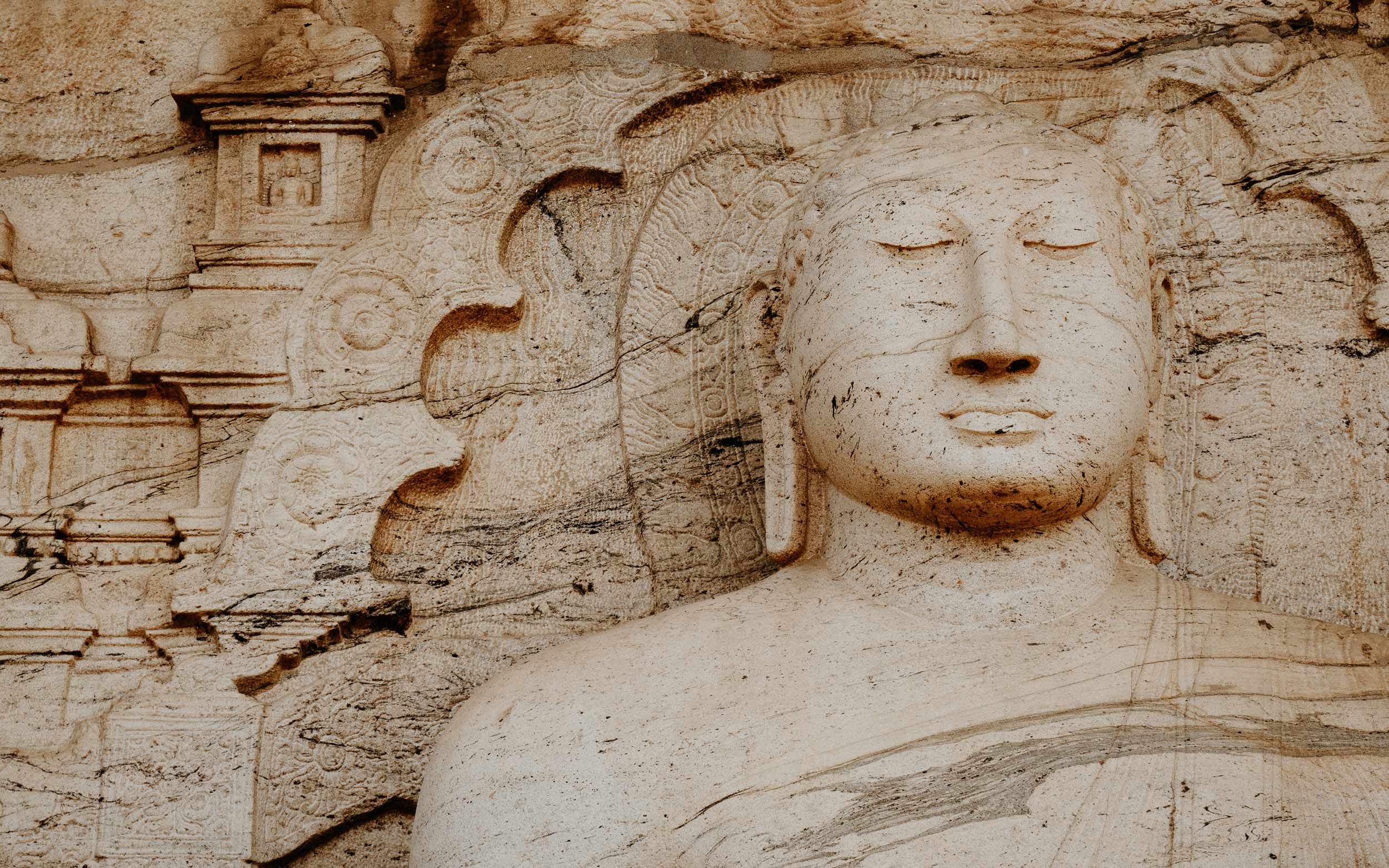
9 Incredible things to do in Polonnaruwa
It’s the ruins, shrines, and temples that attract travellers to Polonnaruwa, that’s for sure.
As you start exploring you notice how well-preserved the ancient city really is. This is mainly because of the materials that were used during the renovation.
The Polonnaruwa ruins are formed by unique stupas, well-preserved temples, and harmonious-looking buddha statues.
The temple complex of Polonnaruwa has one big advantage, it’s fairly small compared to Anuradhapura. This ensures that you can easily explore it by bicycle.
With that being said, here are the temples you should absolutely visit in Polonnaruwa.
The Polonnaruwa Archaeological Museum
Your adventures start off at the Polonnaruwa Museum, and not only for a history upgrade.
I’ve been told the museum is the only place to get a valid entrance ticket.
My advice? Don’t risk buying your tickets elsewhere.
1. The Sacred Quadrangle – Dalada Maluwa
An impressive bundle of ruins is safely positioned on a raised-up platform.
The Sacred Quadrangle is an imposing area where you’ll find an abundance of well-preserved buildings. With around 10 magnificent structures, it is hands-down the best introduction to the history of Polonnaruwa.
The quadrangle is home to the Sathmahal Prasadaya, Thuparama Image House, Hetadage, Bodhi Tree Shrine, and the well-known Polonnaruwa Vatadage.
Altogether a must-see. Let’s get into detail on a few of the structures found at the Sacred Quadrangle.
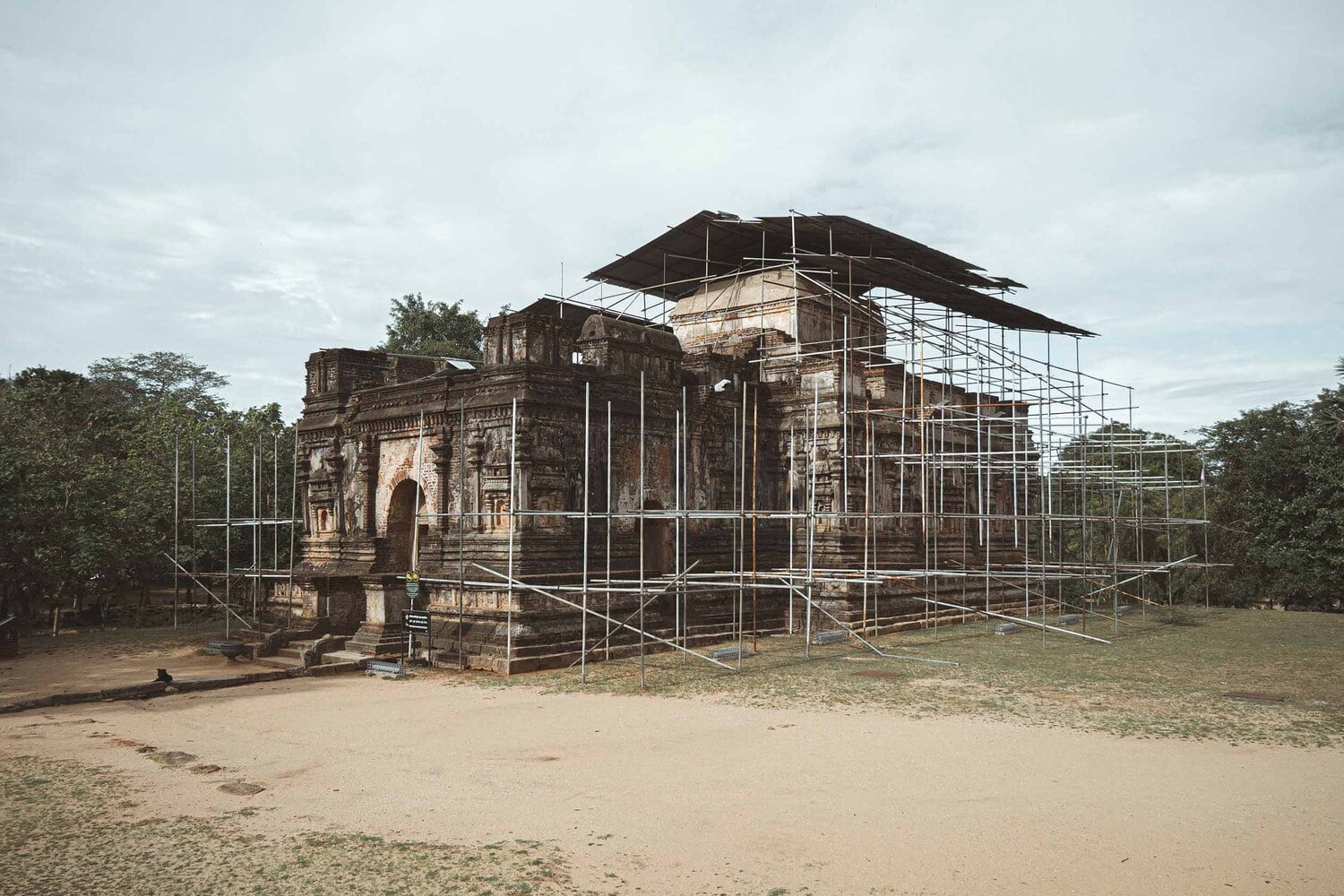
2. The Polonnaruwa Vatadage
Let’s start with the aesthetically pleasing Polonnaruwa Vatadage.
Legend says it was built to house the significant ‘Sacred Tooth Relic’, that is nowadays kept in Kandy.
The two-tiered circular Vatadage is a high-end structure in this type of architecture.
The Vatadage is strategically designed to protect a small dagoba that is positioned at the heart of the structure. The dagoba is surrounded by four Buddha statues, each facing one entrance.
What’s even more impressive, is the amount of decoration and detail. Each Stairway is decorated with an elegant moonstone, not to mention the stone carvings throughout the Vatadage.
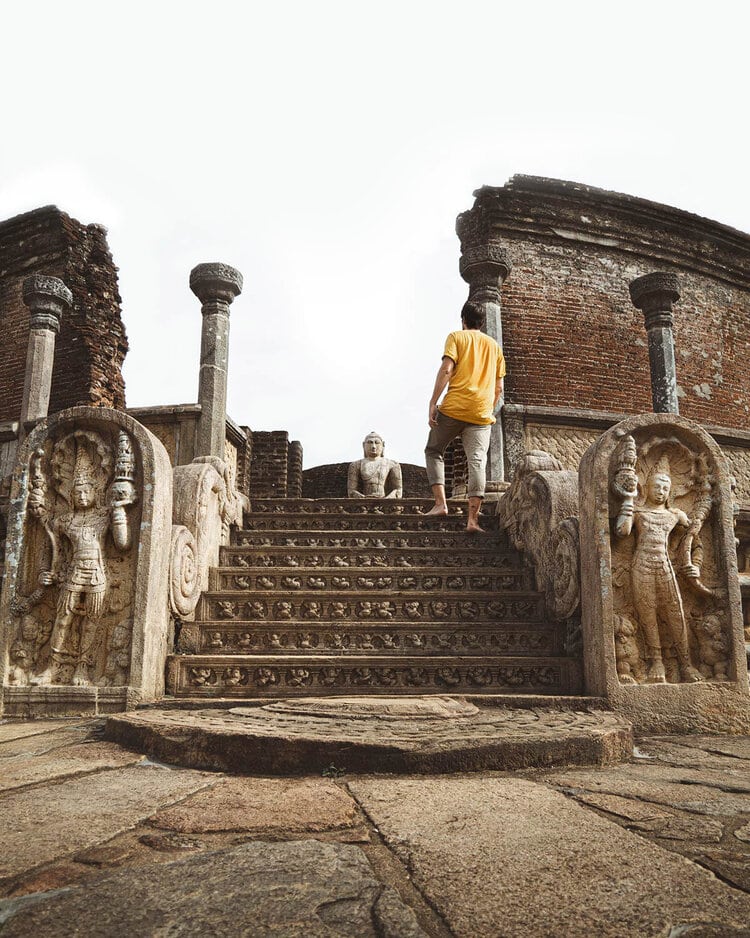
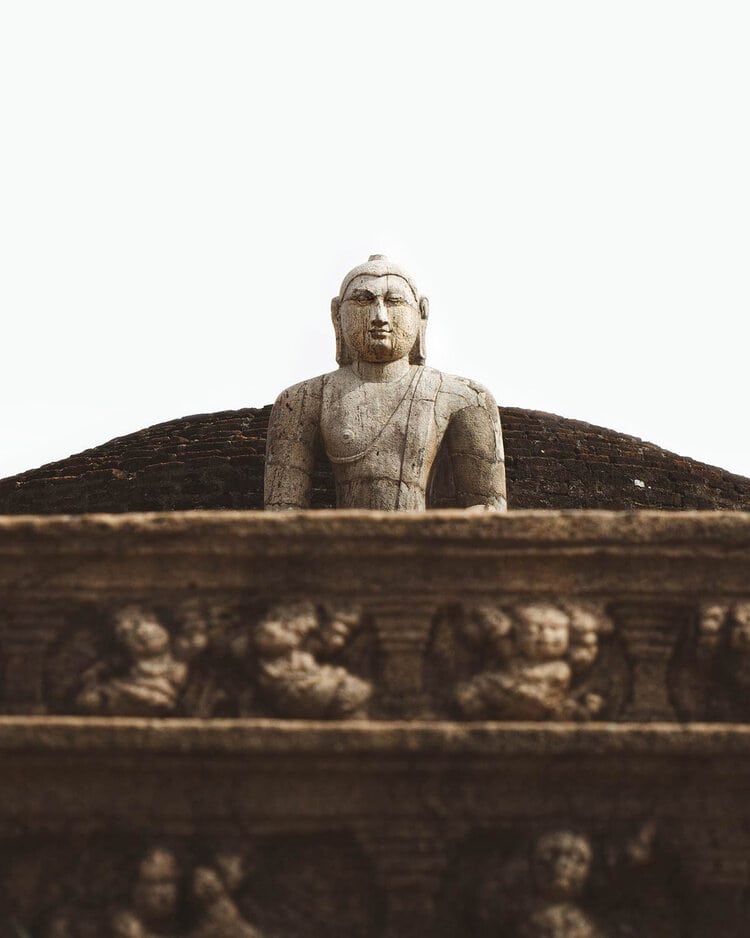
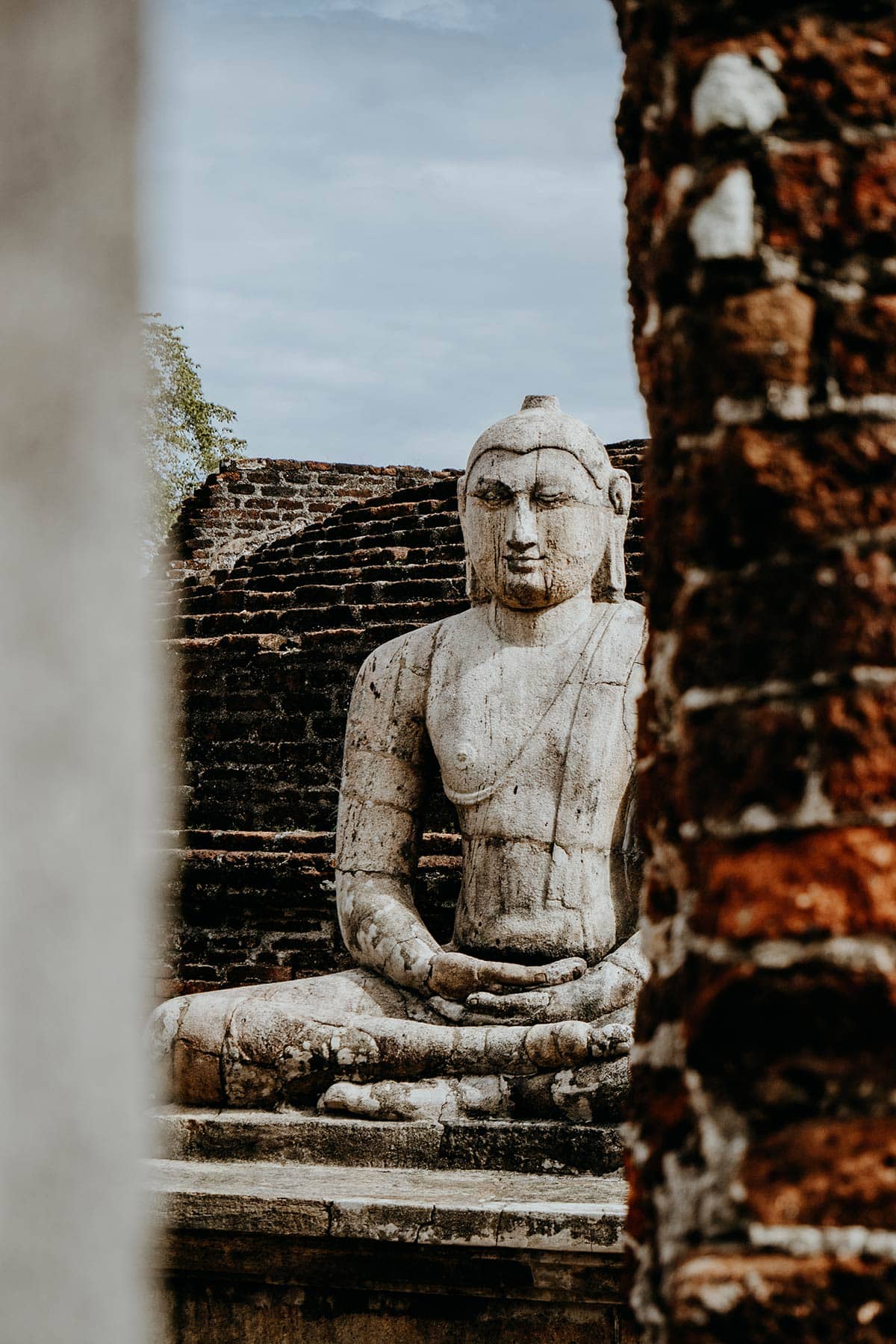
3. The Hatadage at the Sacred Quadrangle
The Hatadage is positioned next to the Vatadage and is very intriguing to witness with your own eyes.
The Ancient Relic Shrine is in bad shape, nevertheless, it is fascinating to wander around.
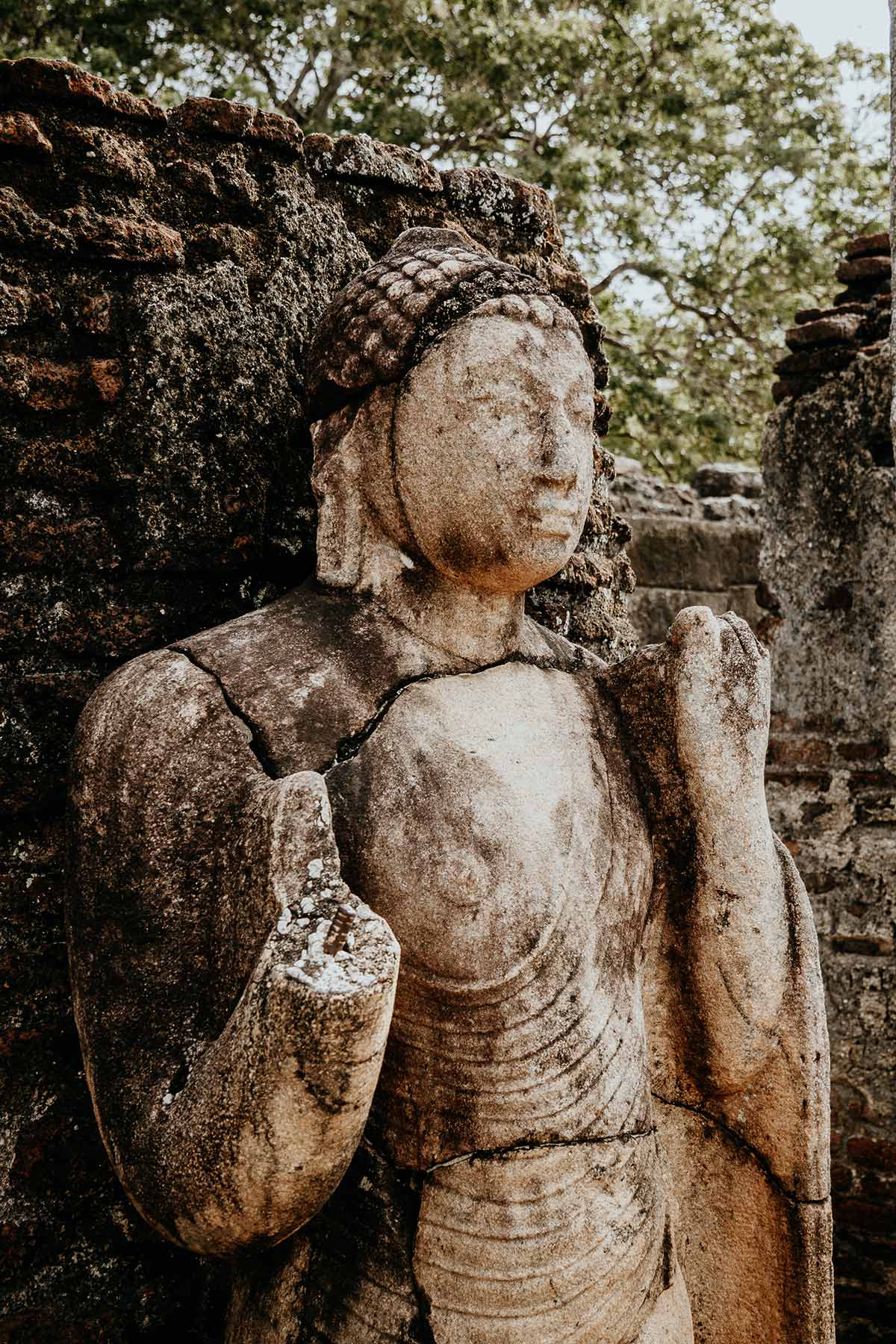
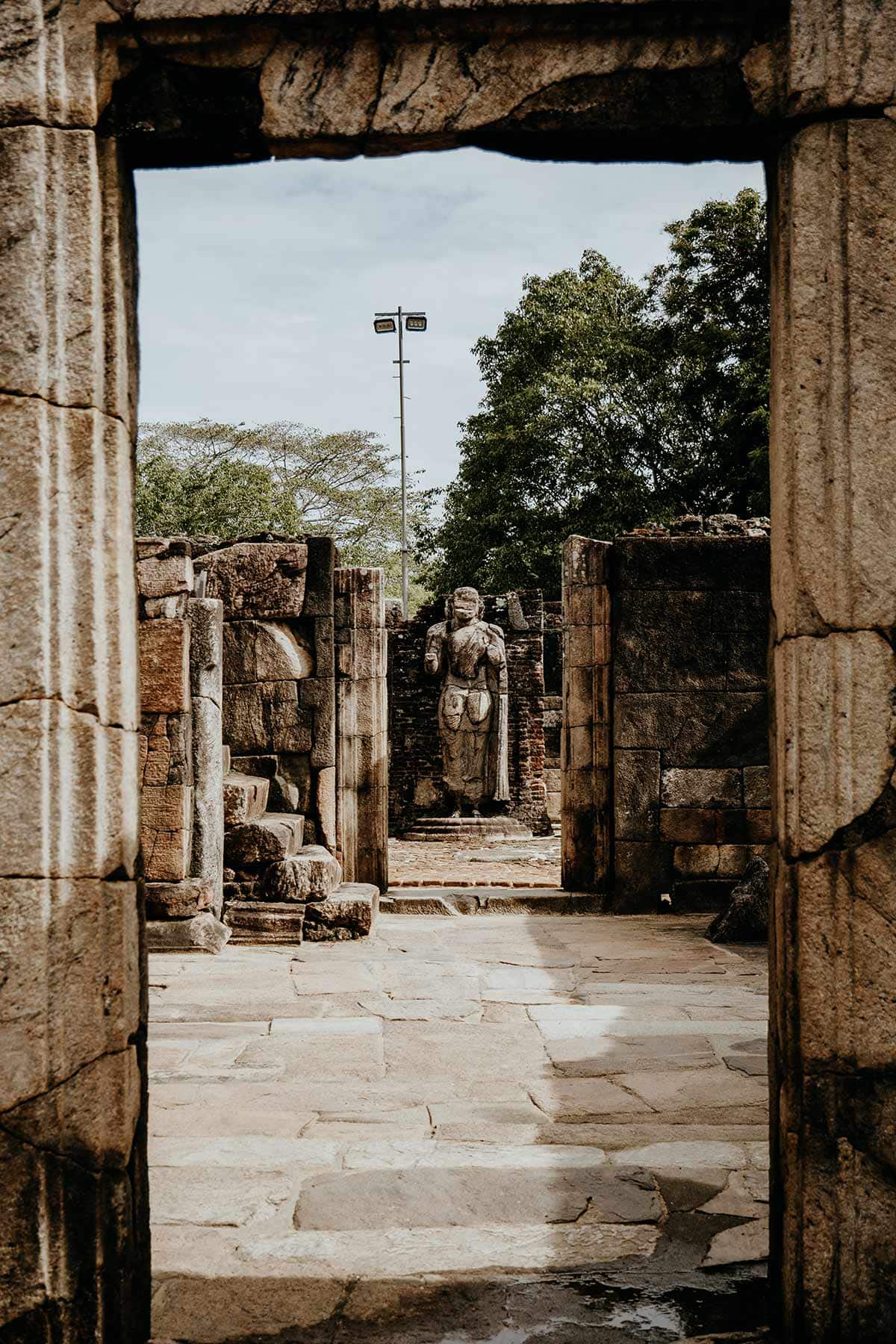
4. The humungous Banyan Tree an the ancient Vishnu Shrine
What I personally found to be very attractive is the imposing Banyan tree at the Ancient Vishnu Shrine.
The large buttress roots of the Banyan tree are there to reveal itself above the dusty soil.
From this perspective, it’s phenomenal to see how the power of nature works. In particular, the way the tree took over part of those ancient ruins.
A stop-over at the impressive tree next to the Vishnu Devale is as easy as it gets. You’ll pass it along the way from the Sacred Quadrangle to the Gal Vihara.
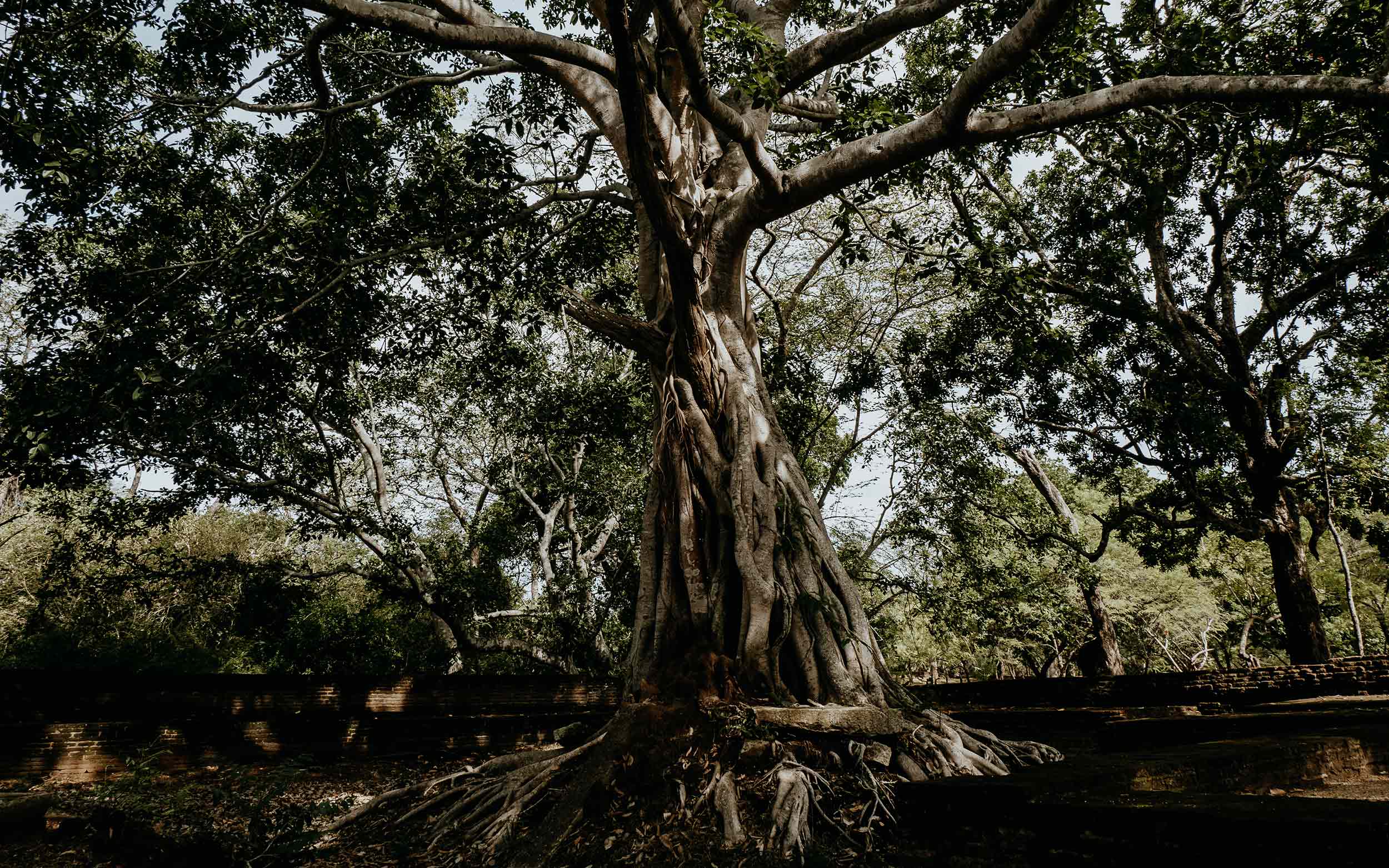
5. The Gal Vihara Buddha Statues
The four giant Buddha statues, directly carved out of a large granite rock facade, are one by one of artistic value.
Therefore it isn’t surprising that particularly those masterpieces attract travellers to the ancient city of Polonnaruwa.
The story goes around that one of the four statues isn’t actually Buddha. It was supposed to be his grieving apprentice after Buddha’s passing.
It should concern the 7-meter high standing statue, so pay extra attention to his facial expression.
It is the Gal Vihara that stands out in the ancient city. Its uniqueness, both aesthetically and in size, makes it my favourite site in the ancient city of Polonnaruwa.
Trust me, it is the one thing you can’t miss in Polonnaruwa.
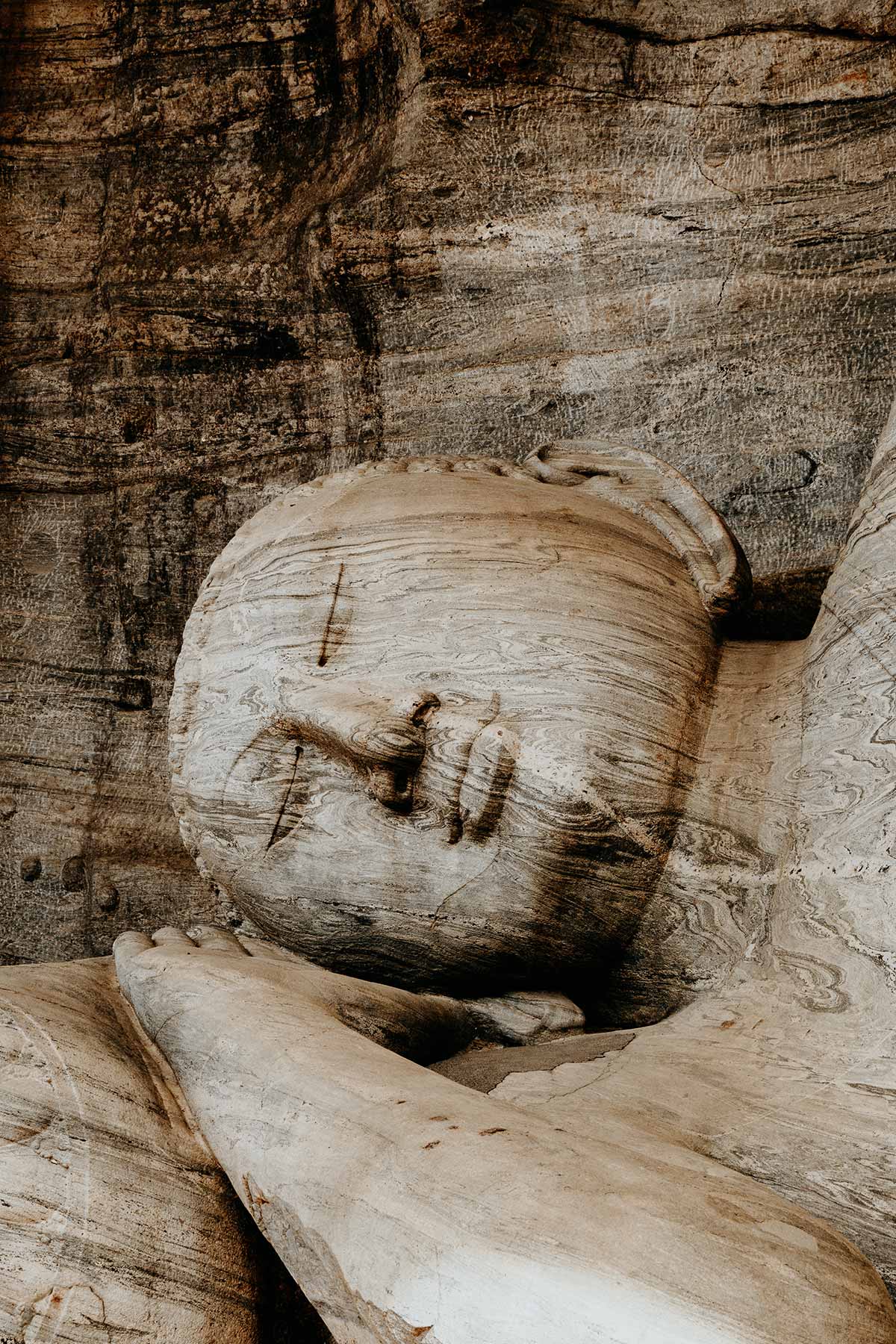
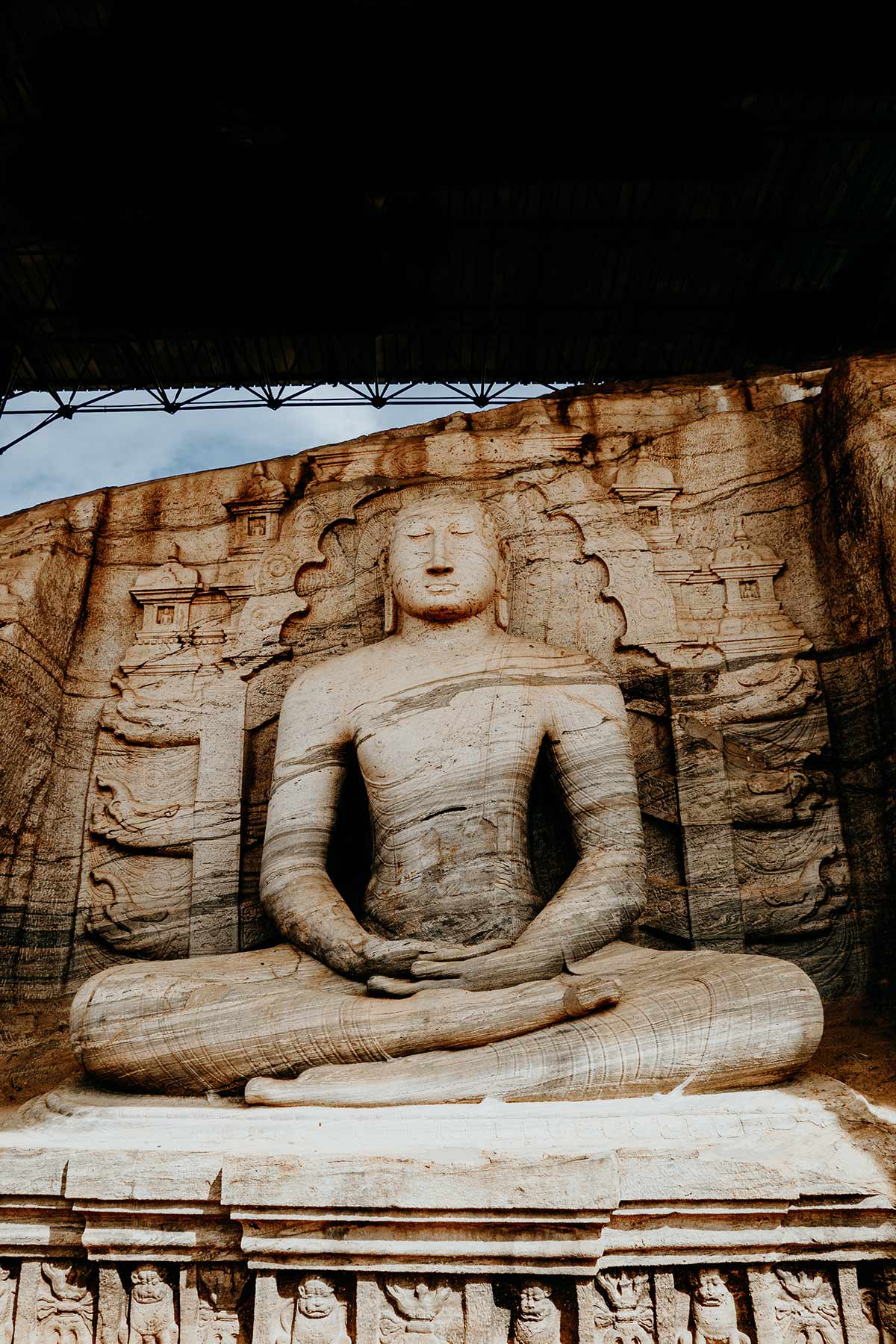
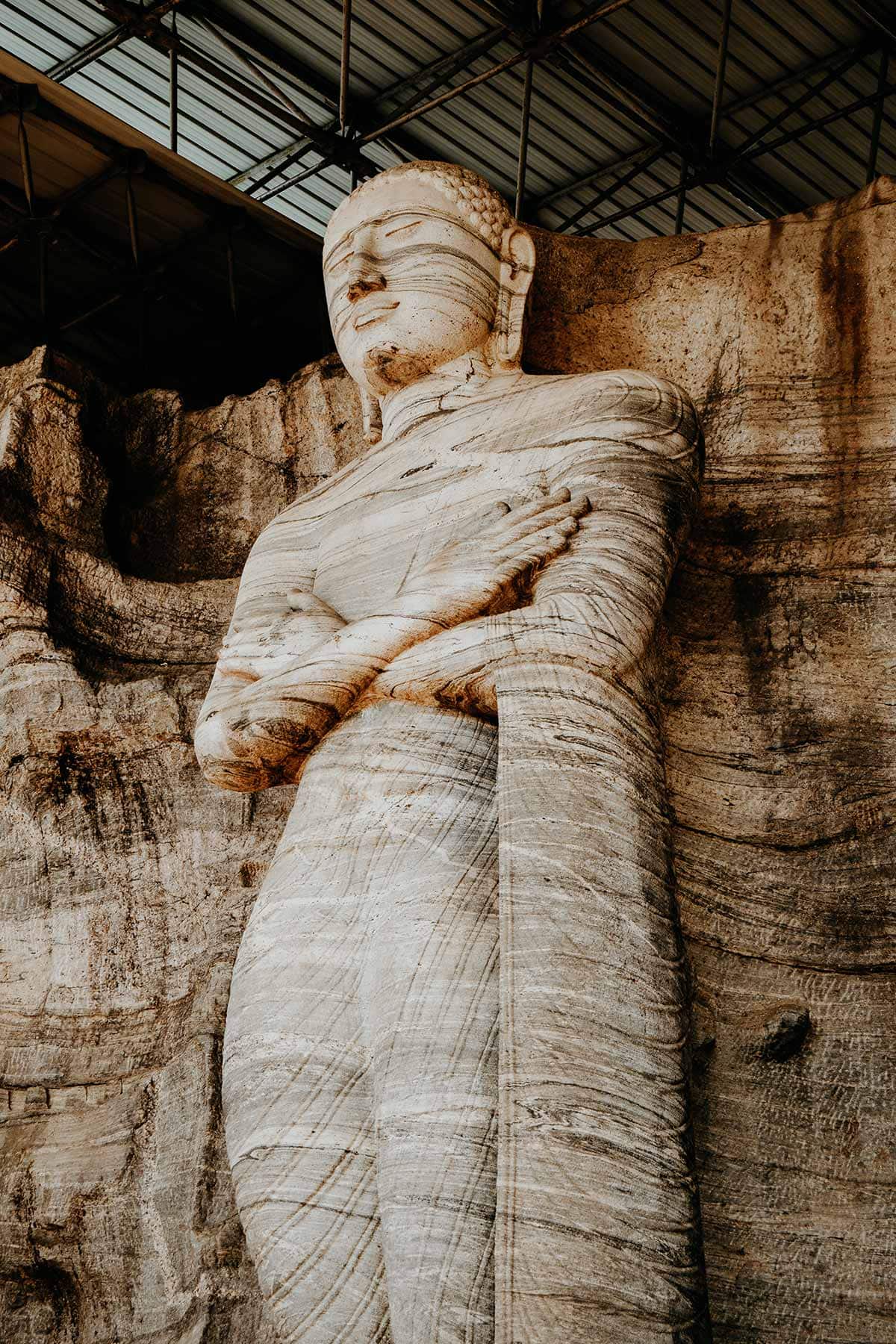
6. The Lankatilaka Temple
With its walls reaching an impressive height of 17 meters, the Lankatilaka Temple stands tall against its backdrop.
The large image house is home to a giant Buddha statue made out of bricks. Sadly the upper part of the statue and roof was devastated a couple of centuries ago.
The unique features in the design of Lankatilaka are hands-down a reason worth visiting.
It is the design of the stairways that is uncommon. Every step of the stairway is only 10 centimetres wide, which makes it hard to climb in the way that we are used to.
The reason for this unique design?
With significant short steps, the only way to climb down is sideways. In this manner, it’s impossible to turn your back towards the Buddha statue, which is considered disrespectful in Buddhism.
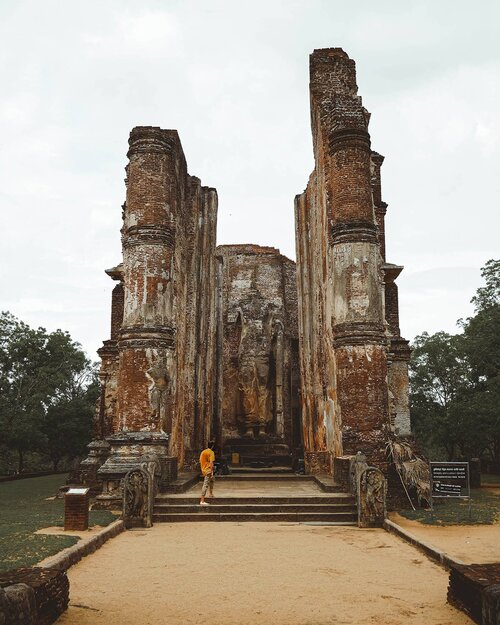
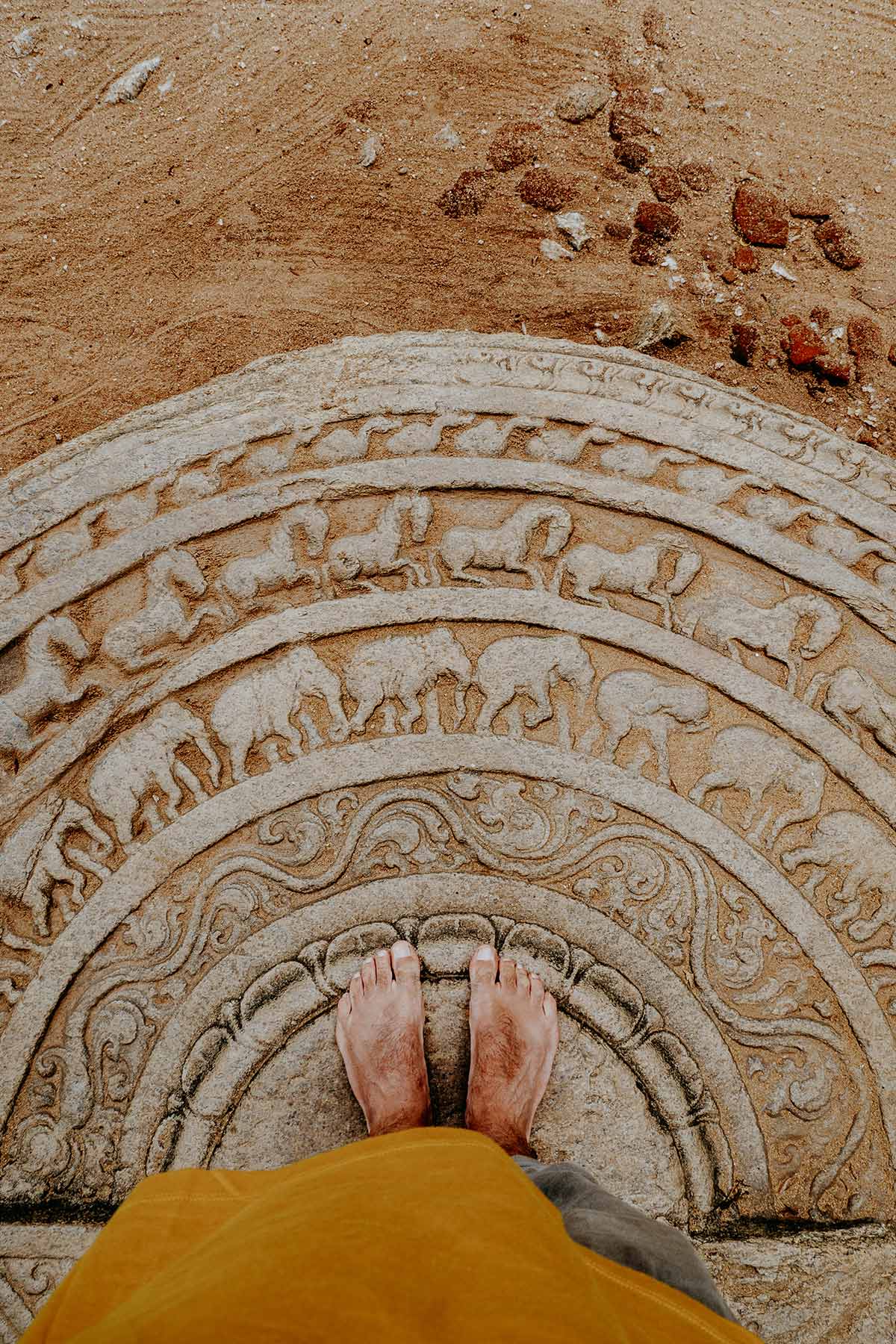
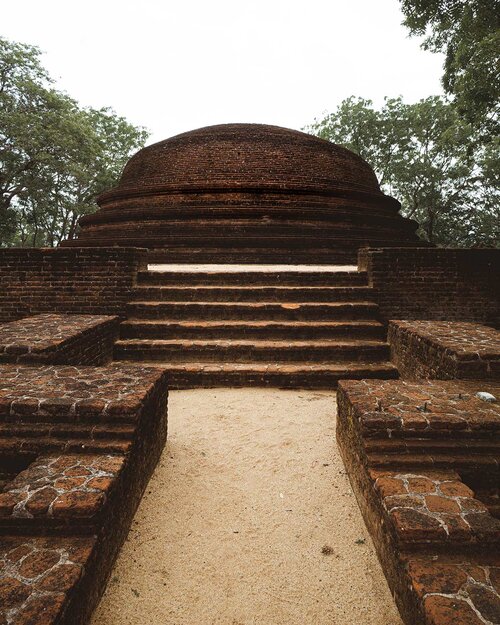
7. Rankoth Vehera Stupa
Most of the Polonnaruwa area is formed by ancient temples and shrines, making the Rankoth Vehera stand out even more so.
As a matter of fact, the Rankot Vihara is the largest stupa in Polonnaruwa. Not to mention that it is entirely made of bricks.
A walk around the stupa makes you realize how huge it is. It is clear that this has been a tough job.
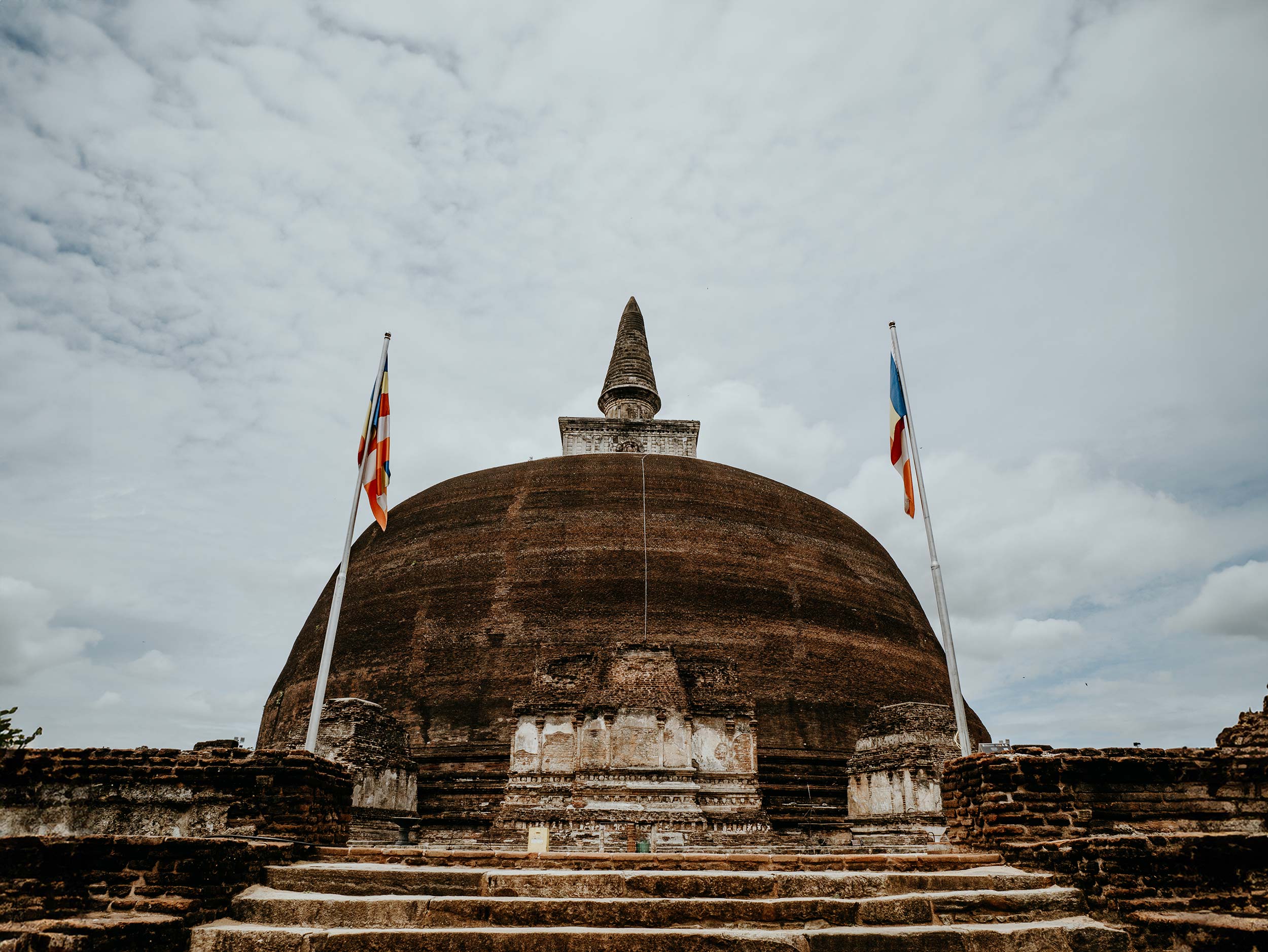
8. Pabalu Vehera Stupa
The unusually shaped Pabalu Vehera stupa, made of brownish bricks contrasts richly with the dense green jungle.
The mix of well-preserved and wrecked components, and a jungle-ish environment, create the feeling of a Tomb Raider-like scene.
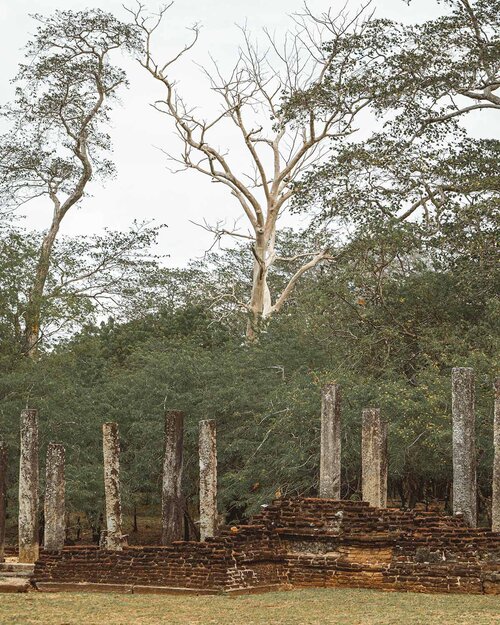
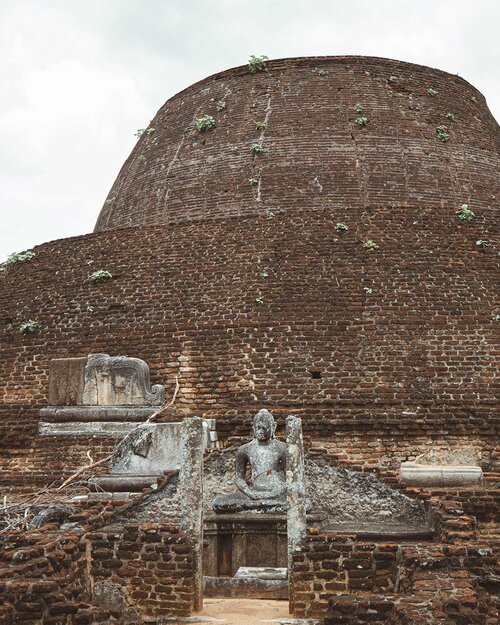
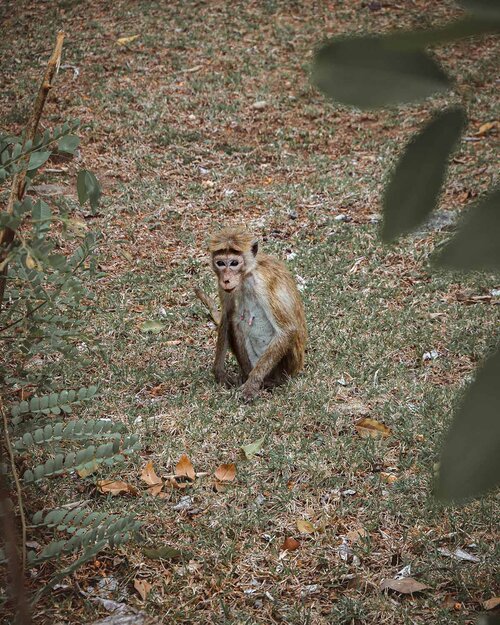
9 . Combine it with the Minneriya National Park
A visit to the ancient city of Polonnaruwa takes only a morning of your time and is easy to combine with a jeep safari in the Minneriya National Park.
A trip to a national park is one of my highlights and should be in every Sri Lanka itinerary.
In the Minneriya National Park, you’ll find yourself among wild elephants, which will be the experience of a lifetime.
Besides elephants, the famous park also is home to leopards, Sloth bears, Spotted deer, Sambar deer, and wild buffaloes.
How to get to The Minneriya National Park | Most safaris include a hotel pickup and drop off.
Cost | Entrance Minneriya National Park – 3.500 LKR, ($19) per person | Guide + Jeep – 7.000 LKR, ($38) per jeep
Or by joining a private Polonnaruwa + Minneriya day tour from Dambulla (including entrance fees). For prices and availability click here.
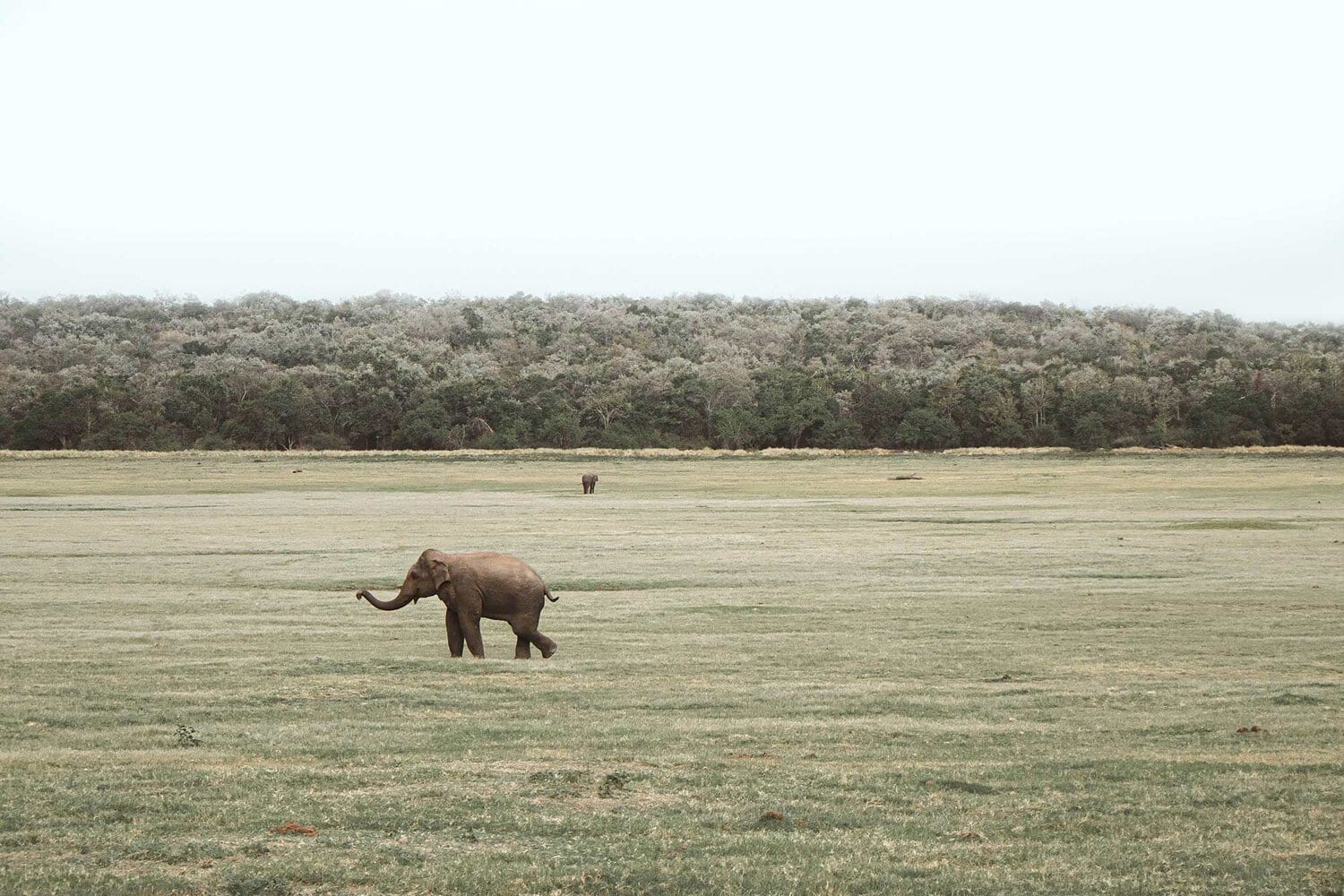
Other interesting ruins worth visiting in Polonnaruwa
Mentioned above are only eight impressive structures I recommend in Polonnaruwa. Others that are really worth visiting are the Royal Palace, the Audience Hall, the Kiri Vehera Stupa and the Thivanka Image House.
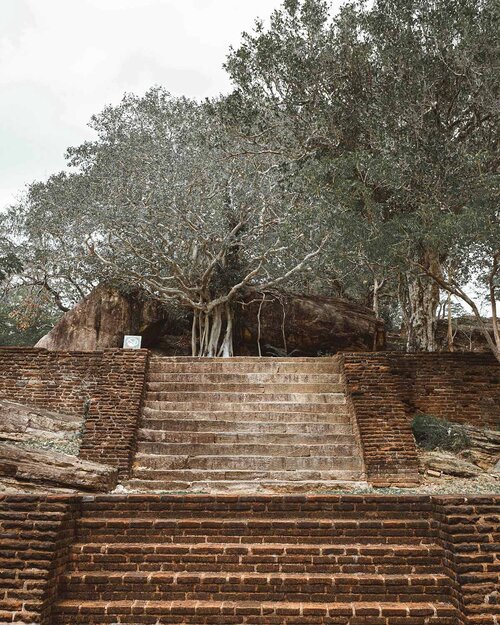
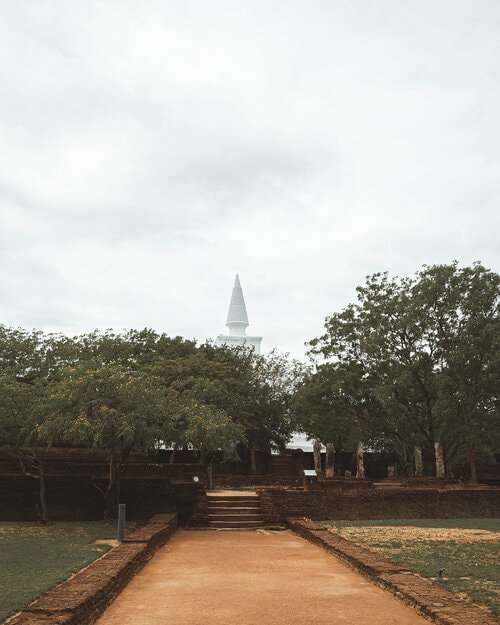
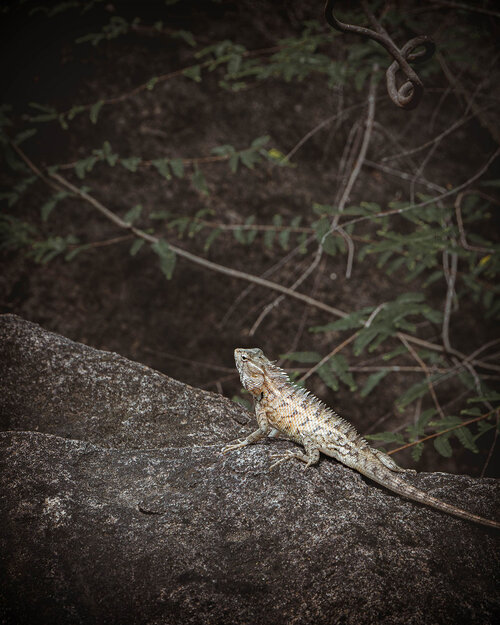
The Sacred city of Polonnaruwa | The essentials
How to get around Polonnaruwa
Rent a bicycle | What I like about Polonnaruwa is the fact you can easily explore it by bike. The ability to discover what the city has to offer with a cooling breeze is both fun and energetic.
Cost | 400 LKR, ($2.25) per bicycle
Hire a tuk-tuk with a guide | Taking a tuk-tuk driver as a guide is a good alternative to seeing the ancient city, especially if you’re in a hurry. Personally, I think renting a bicycle is so much more fun.
Cost | 1.200 LKR, ($6.5) per tuk-tuk. Generally, there is enough space for two people per tuk-tuk.
How to get to Polonnaruwa
Keep in mind that Kaduruwela is considered the Polonnaruwa new town. Depending on the location of your hotel you can ask the bus driver to stop in Polonnaruwa.
The easiest way is by joining a private Polonnaruwa + Minneriya day tour from Dambulla (including entrance fees). For prices and availability click here.
From Sigiriya to Polonnaruwa
Bus | Sigirya – Inamaluwa – Polonnaruwa – Kaduruwela | After a short tuk-tuk journey from Sigiriya to Inamaluwa jump on the bus to Kaduruwela.
Cost | Tuk-tuk from Sigiriya to Inamaluwa 500 LKR, ($2.8) | Bus from Inamaluwa to Polonnaruwa 200 LKR, ($1) per person
Travel time | 1.5 hours
From Dambulla to Polonnaruwa
Bus | Dambulla – Polonnaruwa – Kaduruwela | Take a direct bus that heads for Kaduruwela from the Dambulla Main bus stop. The bus leaves every 20-30 minutes starting from 7 am.
Cost | Bus from Dambulla to Kaduruwela – 220 LKR, ($1) per person
Travel time | 1.5 to 2 hours
From Trincomalee to Polonnaruwa
Bus | Trincomalee – Habarana – Polonnaruwa | A quite difficult journey. From Trincomalee take a bus heading for Dambulla or Colombo.
Tip | Before entering, ask if the bus driver stops in Habarana and if there is a connection to Polonnaruwa. Generally, you’ll find buses that stop in Polonnaruwa at the Habarana Junction.
Cost | Bus from Trincomalee to Habarana – 120 LKR, ($0.70) | Bus from Habarana to Polonnaruwa – 80 LKR, ($0,50)
Travel time | 4 hours
From Colombo to Polonnaruwa
Train | Colombo Fort – Polonnaruwa | A rough journey that is packed and heads out to the east coast of Sri Lanka. Personally, I recommend visiting Kandy and Sigiriya in between.
Cost | 2nd class: 350 LKR ($2) per person, 3rd class: 200 LKR ($1) per person
Travel time | 6.5 hours
Train times from Colombo Fort to Polonnaruwa | 06:05, 19:00. For more information about train times click here.
Stay safe in Sri Lanka | Travel insurance
Though Sri Lanka is perfectly safe for travellers, I always strive to sort out my travel insurance before arriving in a foreign country, and I highly advise anyone else to do the same.
Where we prefer that everything goes smoothly during our travels, something unfortunate can happen at any moment, whether it’s an injury or an accident on the road. When that happens, it is better to be safe than sorry.
Heymondo | Whether you’re going on a 3-week backpacking trip, or planning a long stay somewhere abroad, Heymondo has excellent insurance options either way – plus full COVID-19 coverage and a handy app with 24-hour medical assistance. Readers of WTSW receive 5% off any insurance policy, more information here.
Cheers!
I’ve been on this travel blogging journey since 2019.
If you appreciate what I do here, these are some ways you can support me.




